Where History Meets Nature Your Journey Begins Here
Explore the heritage, culture, and natural beauty of Bihar in one unforgettable journey
Explore the heritage, culture, and natural beauty of Bihar in one unforgettable journey
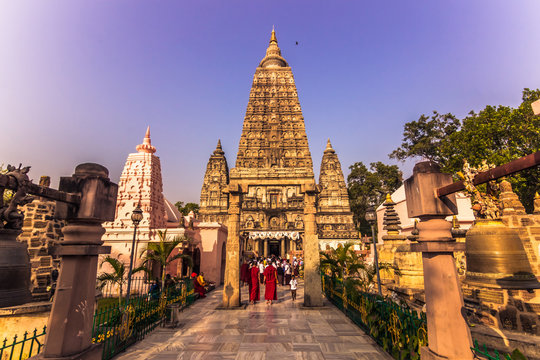
The Mahabodhi Temple (Bodh Gaya, Bihar) is the place where Lord Buddha attained enlightenment. It is a UNESCO World Heritage Site and a major pilgrimage center for Buddhists.
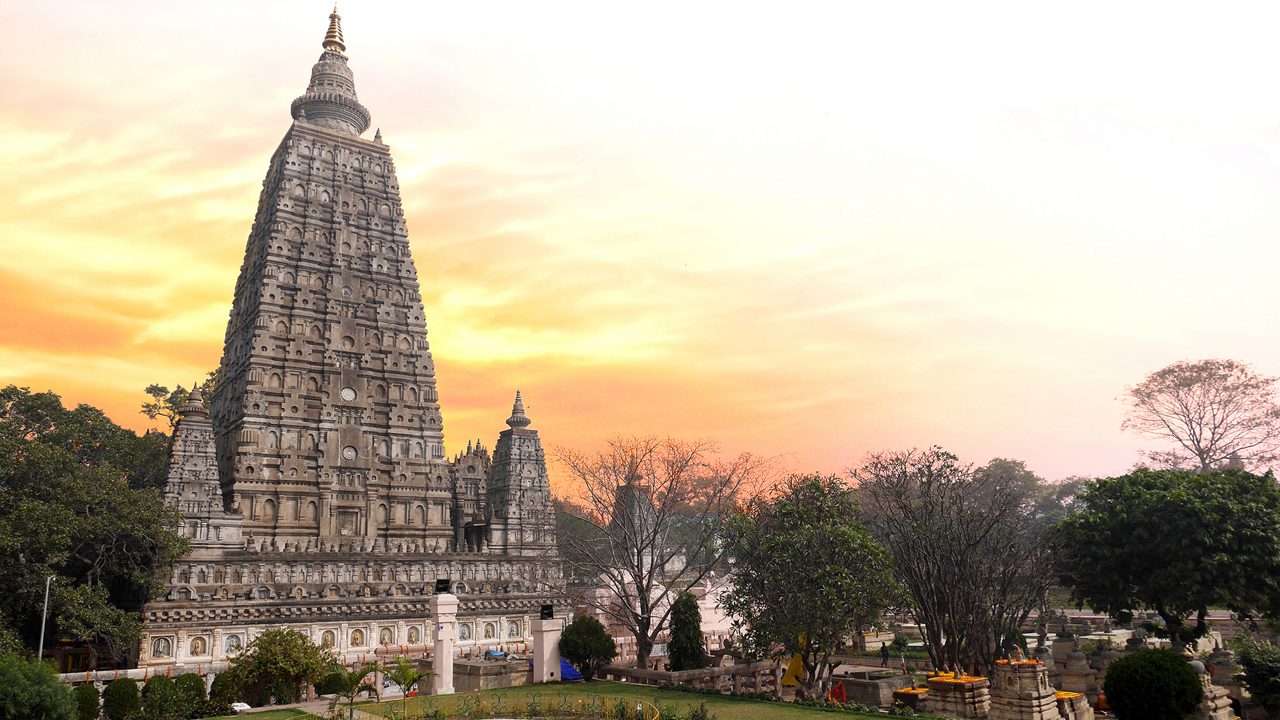 |
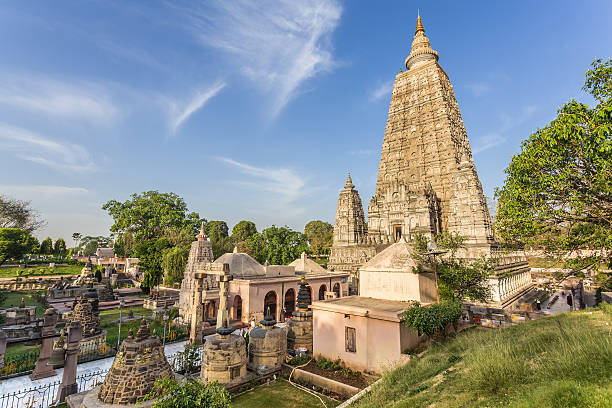 |
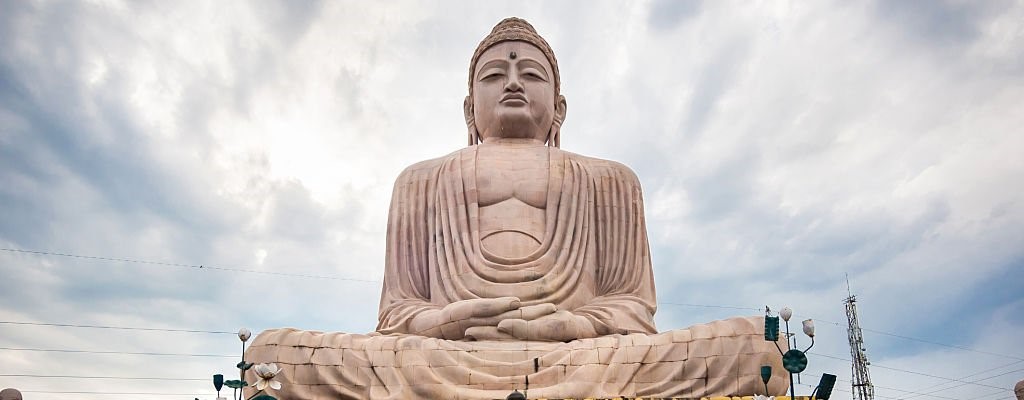 |
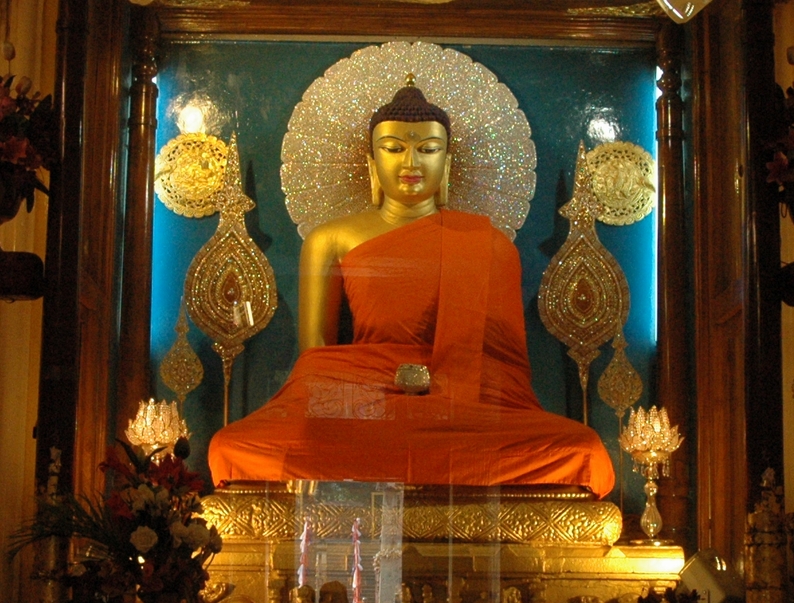 |
The Mahabodhi Temple in Bodh Gaya, Bihar, is a UNESCO World Heritage Site marking the place where Lord Buddha attained enlightenment under the Bodhi tree. Originally built by Emperor Ashoka in the 3rd century BCE, the present structure dates back to the 5th–6th century CE. It is a sacred destination for millions of pilgrims and travelers worldwide. Nearby, visitors can also explore the Bodhi Tree, Thai Monastery, Great Buddha Statue, Indosan Nippon Japanese Temple, and Muchalinda Lake, making Bodh Gaya a hub of spirituality and culture.
Vishnupad Temple in Gaya is a historic Hindu temple known for Lord Vishnu's 40 cm footprint etched in stone. Built of gray granite with a 100-foot tall tower, it is a major pilgrimage site for ancestral rites.
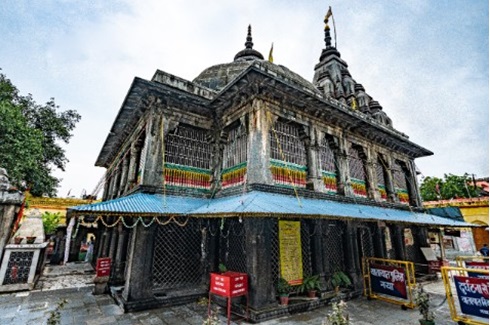 |
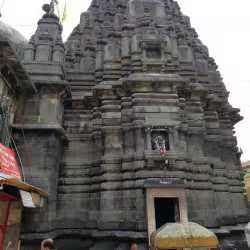 |
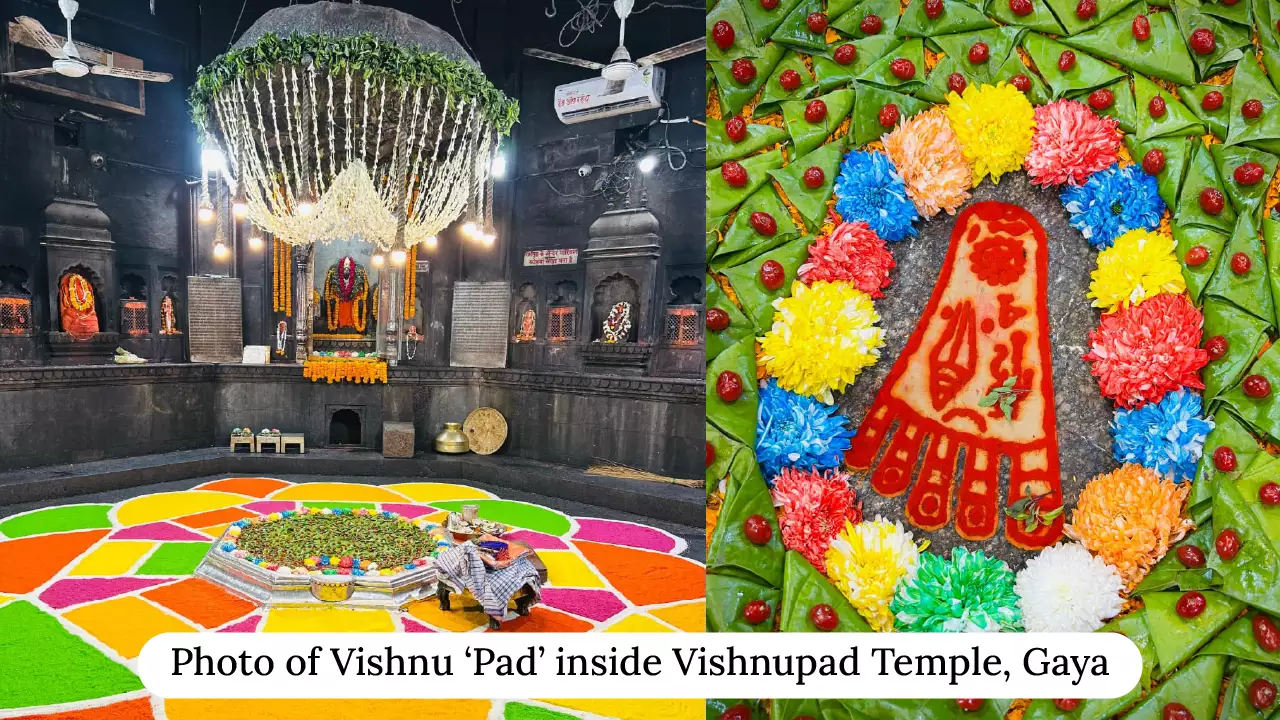 |
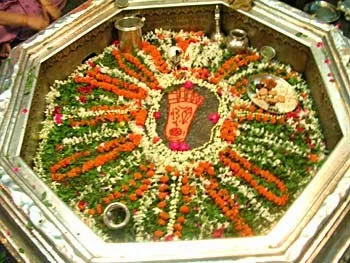 |
Vishnupad Temple, located in Gaya, Bihar, is a revered Hindu shrine dedicated to Lord Vishnu, famous for the sacred footprint of the deity embedded in stone inside the sanctum. Built in the 18th century with beautiful stone architecture, the temple attracts thousands of devotees, especially during the annual Shraddh ceremonies. Visitors can also explore nearby attractions such as Mangla Gauri Temple, the sacred Falgu River, Gaya Vishnupad Tank, and local dharamshalas, making it a significant spiritual and cultural destination.
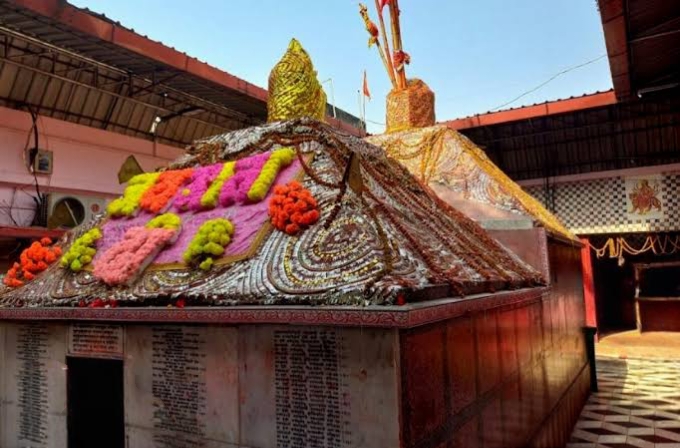
Mangla Gauri Temple in Gaya is a 15th-century Maha Shaktipeeth dedicated to Goddess Sati, symbolizing nourishment. It sits atop Mangalagauri Hill and is a key pilgrimage spot known for blessings to devotees.
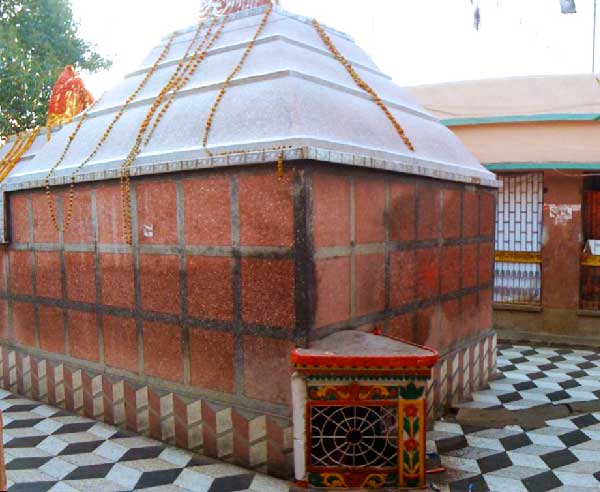 |
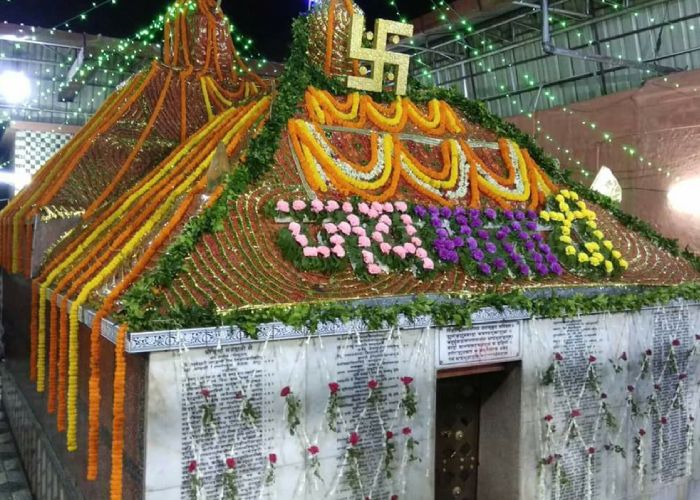 |
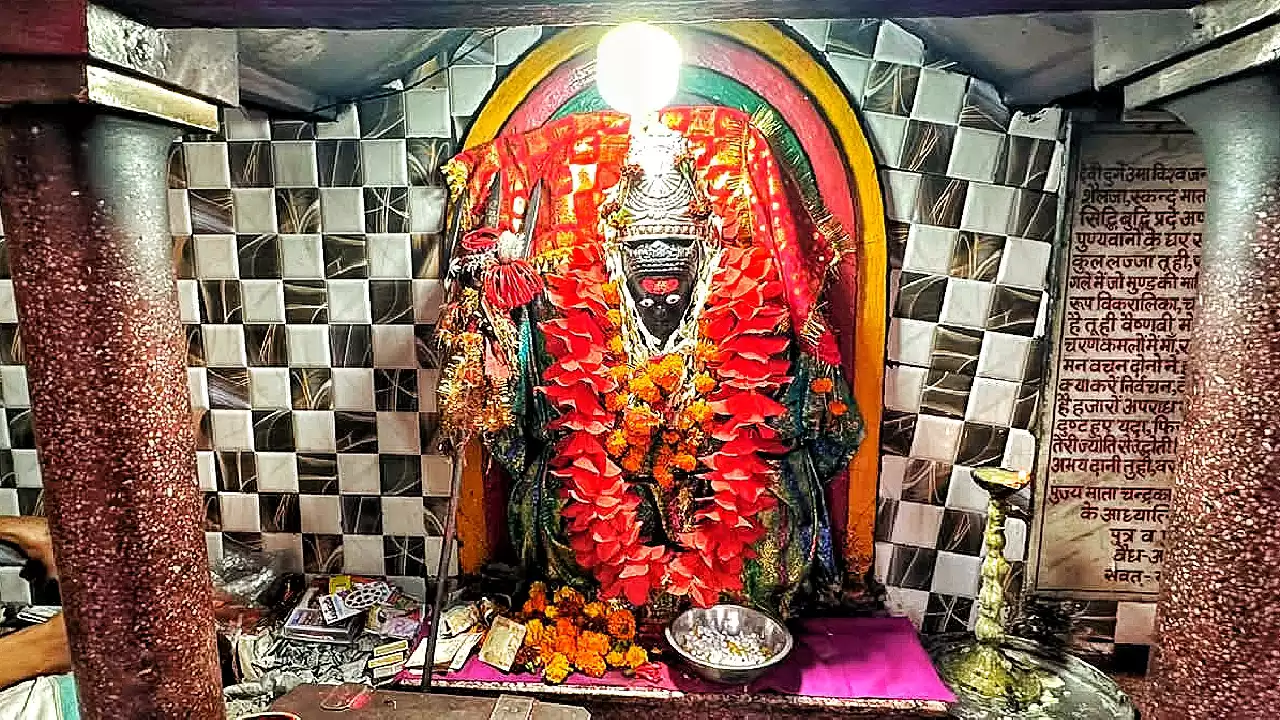 |
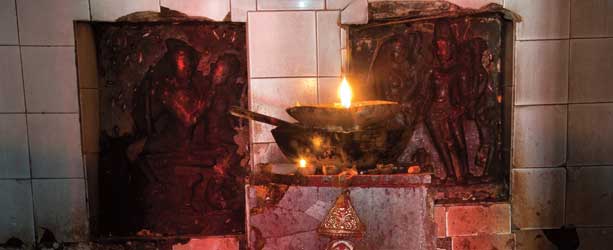 |
Mangla Gauri Temple, situated on a hilltop in Gaya, Bihar, is one of the oldest and most revered shrines dedicated to Goddess Parvati. Known for its stunning architecture and panoramic views of the surrounding landscape, the temple attracts devotees seeking blessings for prosperity and marital happiness. Nearby, visitors can also explore Vishnupad Temple, the sacred Falgu River, Gaya Vishnupad Tank, and local dharamshalas, making the area a significant spiritual and cultural hub.
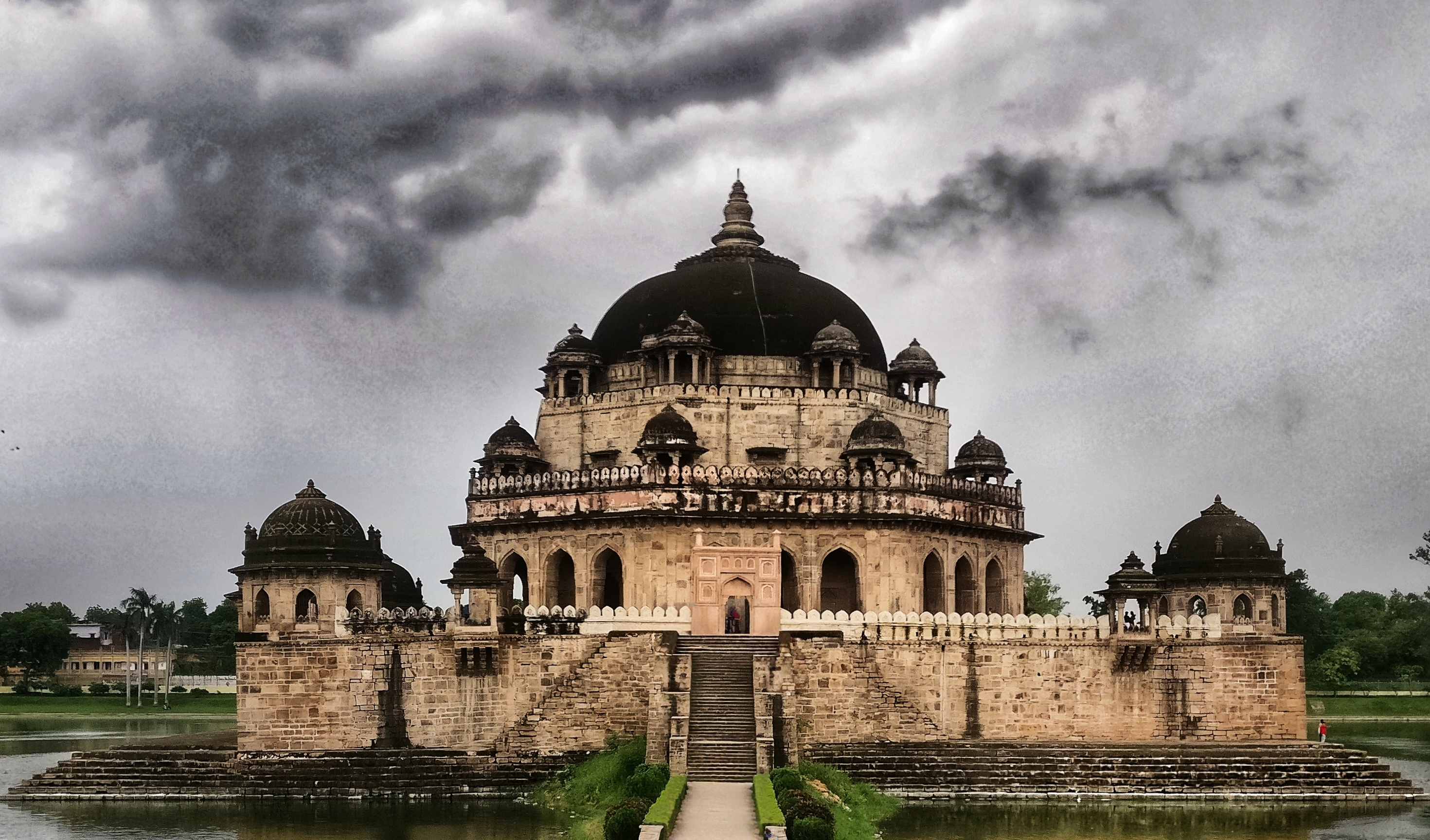
Sher Shah Suri Tomb in Sasaram, Bihar, is a 16th-century red sandstone mausoleum with Indo-Islamic architecture. It stands in the middle of an artificial lake, has a large dome, and four corner minarets. Known as the "second Taj Mahal," it honors Sher Shah Suri, founder of the Sur Empire.
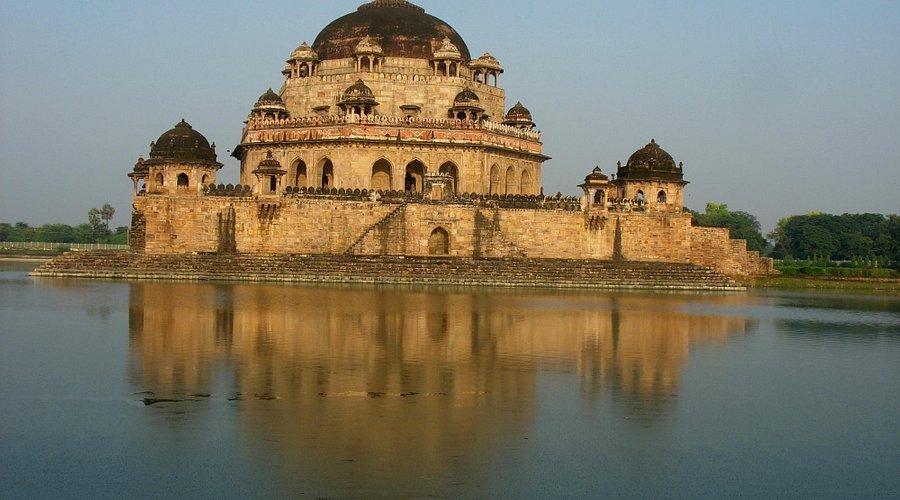 |
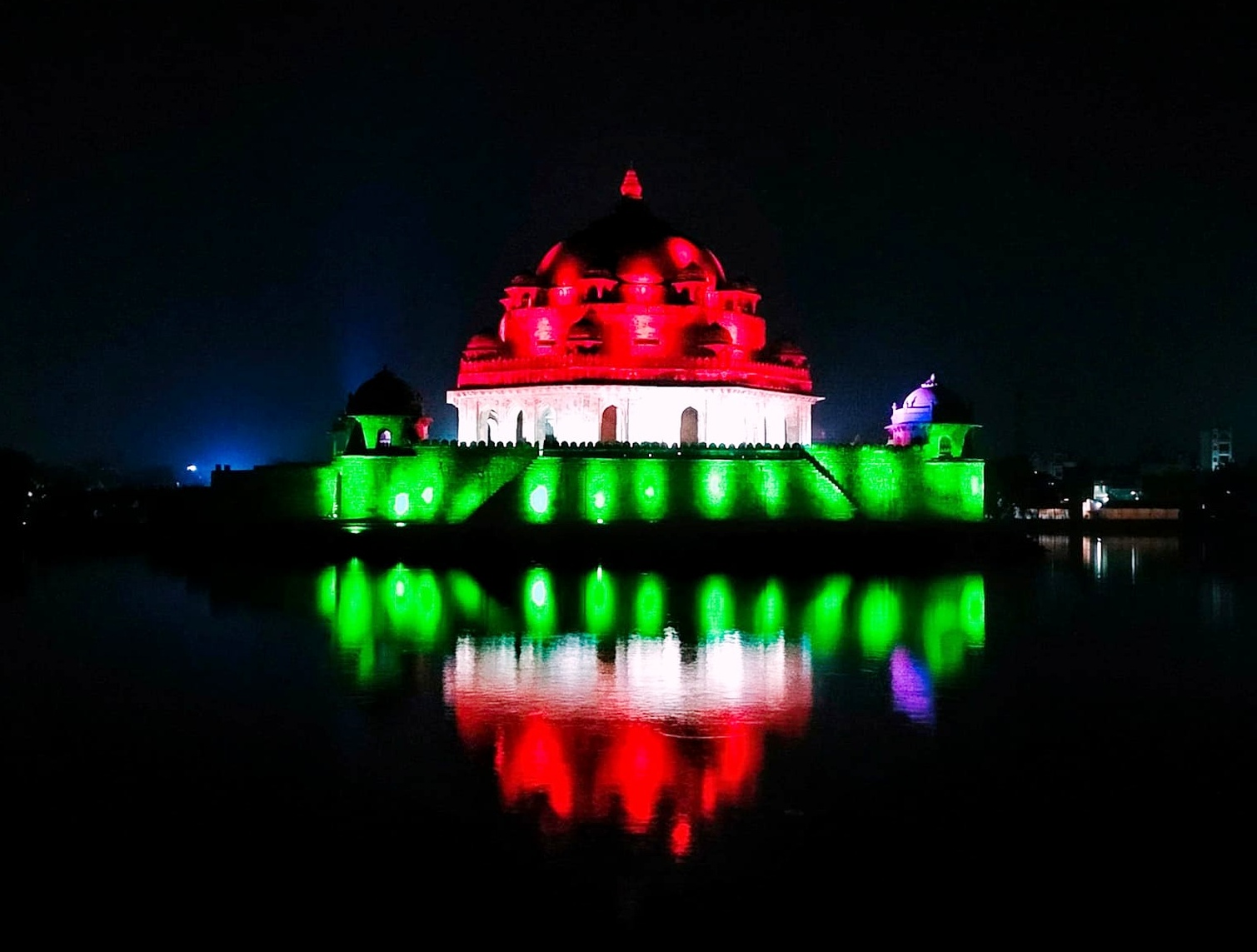 |
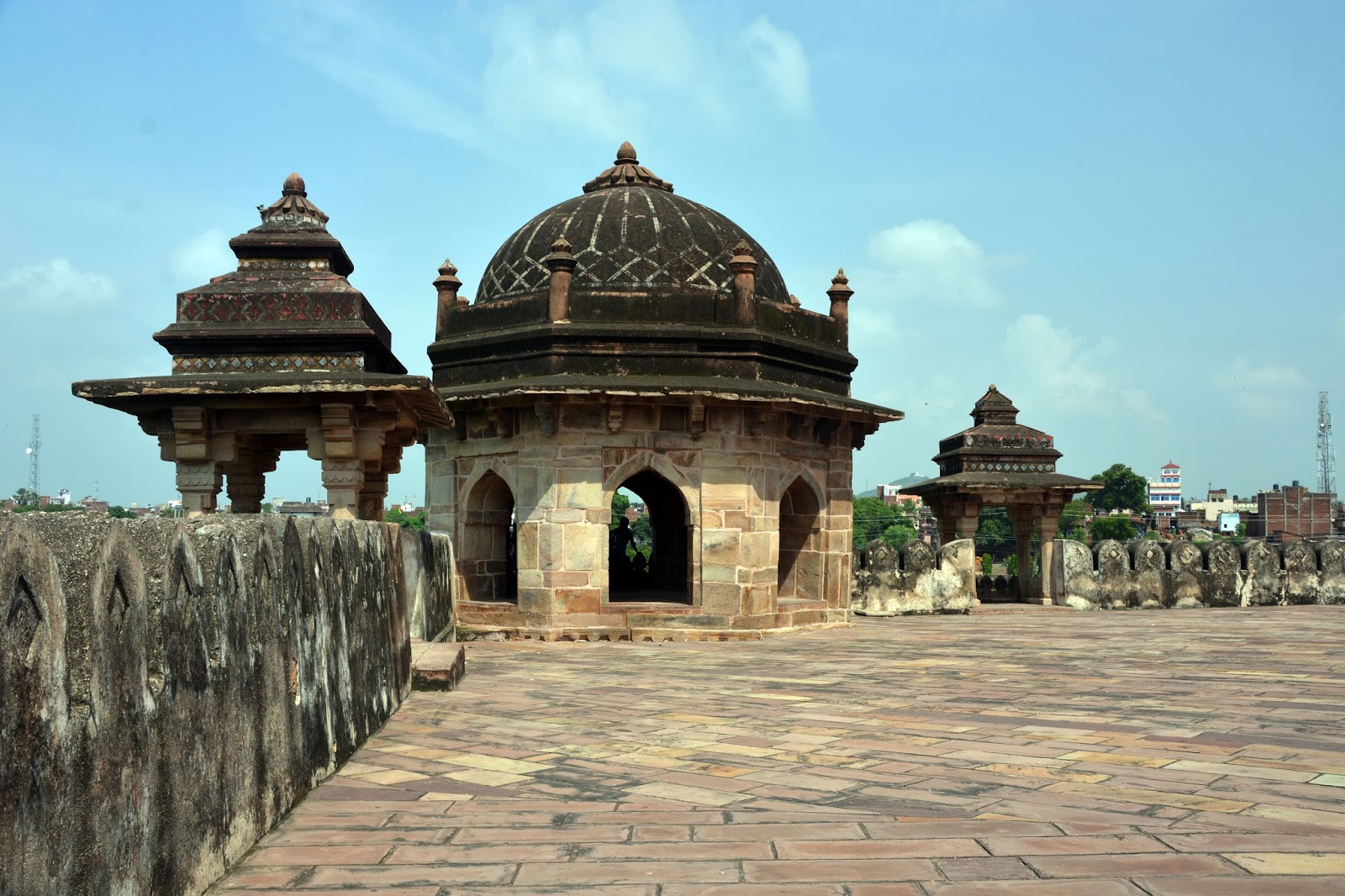 |
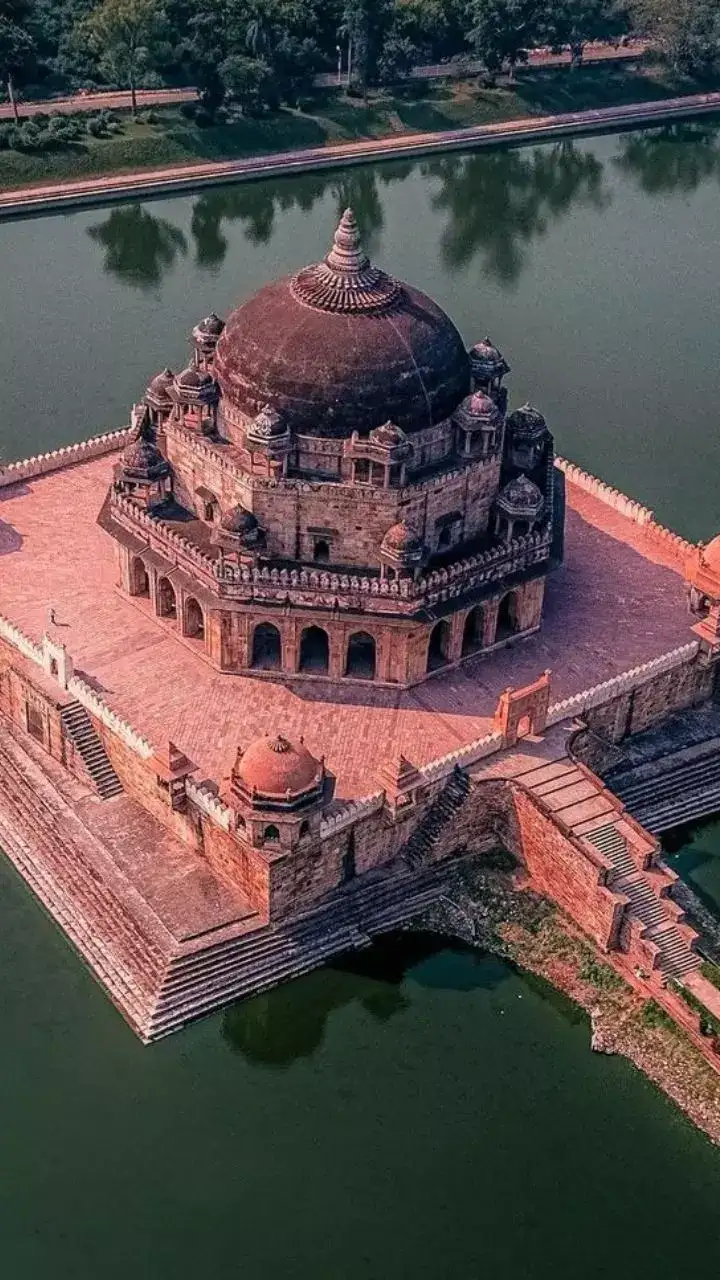 |
Sher Shah Suri Tomb, located in Sasaram, Bihar, is an architectural masterpiece built in the 16th century to honor the great Afghan ruler Sher Shah Suri. This grand tomb, made entirely of red sandstone, is known for its impressive dome, intricate carvings, and symmetrical gardens, reflecting Indo-Islamic architectural brilliance. Nearby, visitors can also explore Rohtasgarh Fort, Shershah Suri Fort, and the Tomb of Khawas Khan, making Sasaram a rich historical and cultural destination.
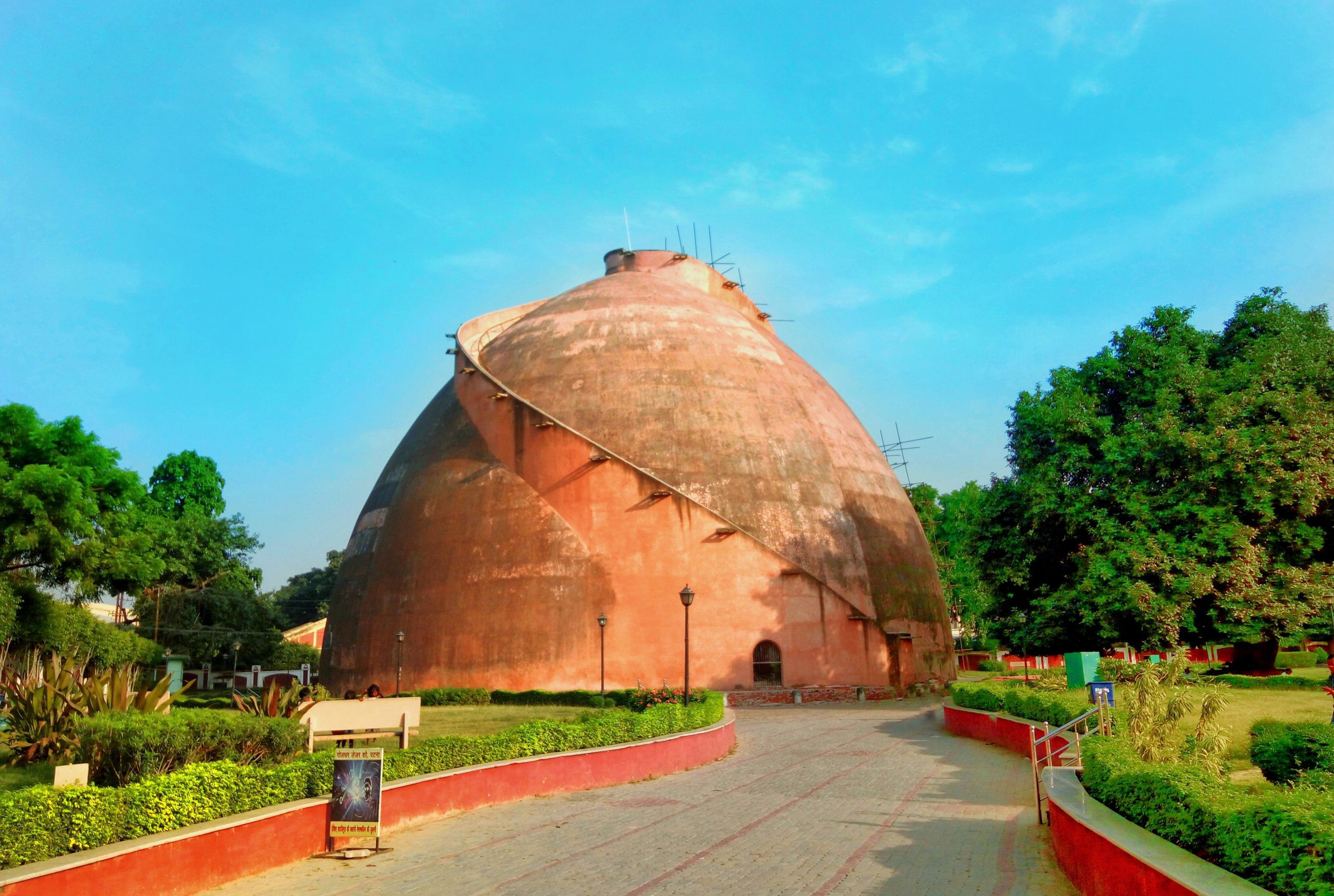
Golghar is a large, beehive-shaped granary in Patna, Bihar, built in 1786 by the British after a famine. Made of brick and 29 meters high, it features a spiral staircase and offers panoramic views of the city
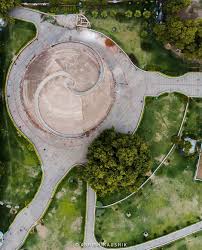 |
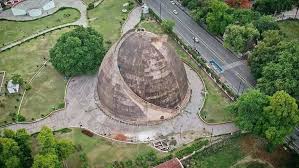 |
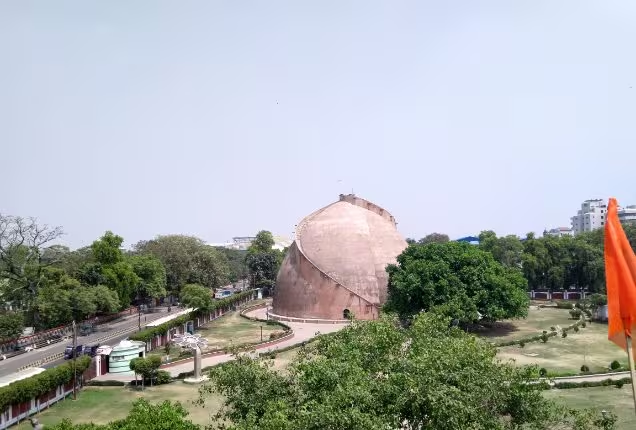 |
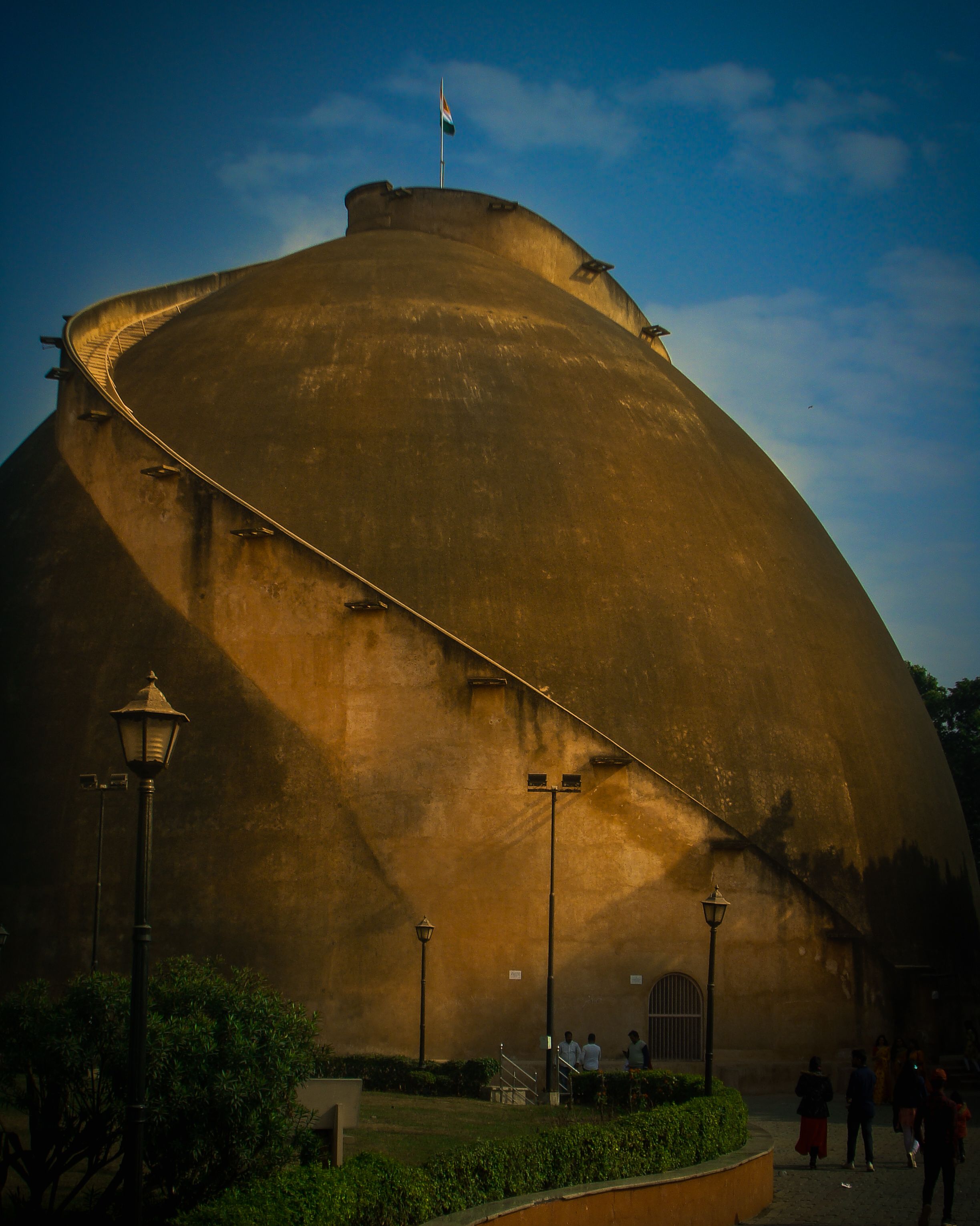 |
Golghar, located in Patna, Bihar, is a massive granary built by Captain John Garstin in 1786 to store grains during famines. Its unique beehive-shaped architecture and spiral staircase leading to the top offer panoramic views of the Ganga River and the city of Patna. Visitors can also explore nearby attractions such as Gandhi Maidan, Patna Museum, Gandhi Ghat, and the historic Takht Sri Patna Sahib Gurudwara, making it a must-visit spot for history lovers and travelers alike.
Kesariya Stupa in Bihar is the world's tallest Buddhist stupa (104 ft), built in the 3rd century BCE, where Buddha gave his alms bowl to the Licchavis before his final journey.
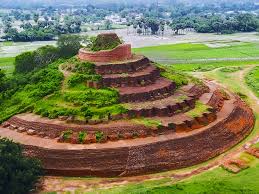 |
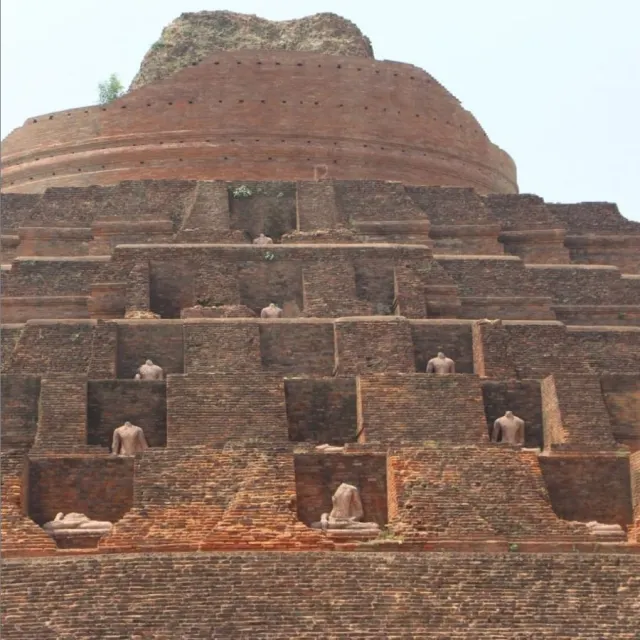 |
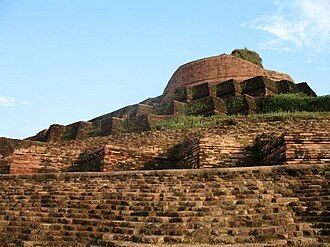 |
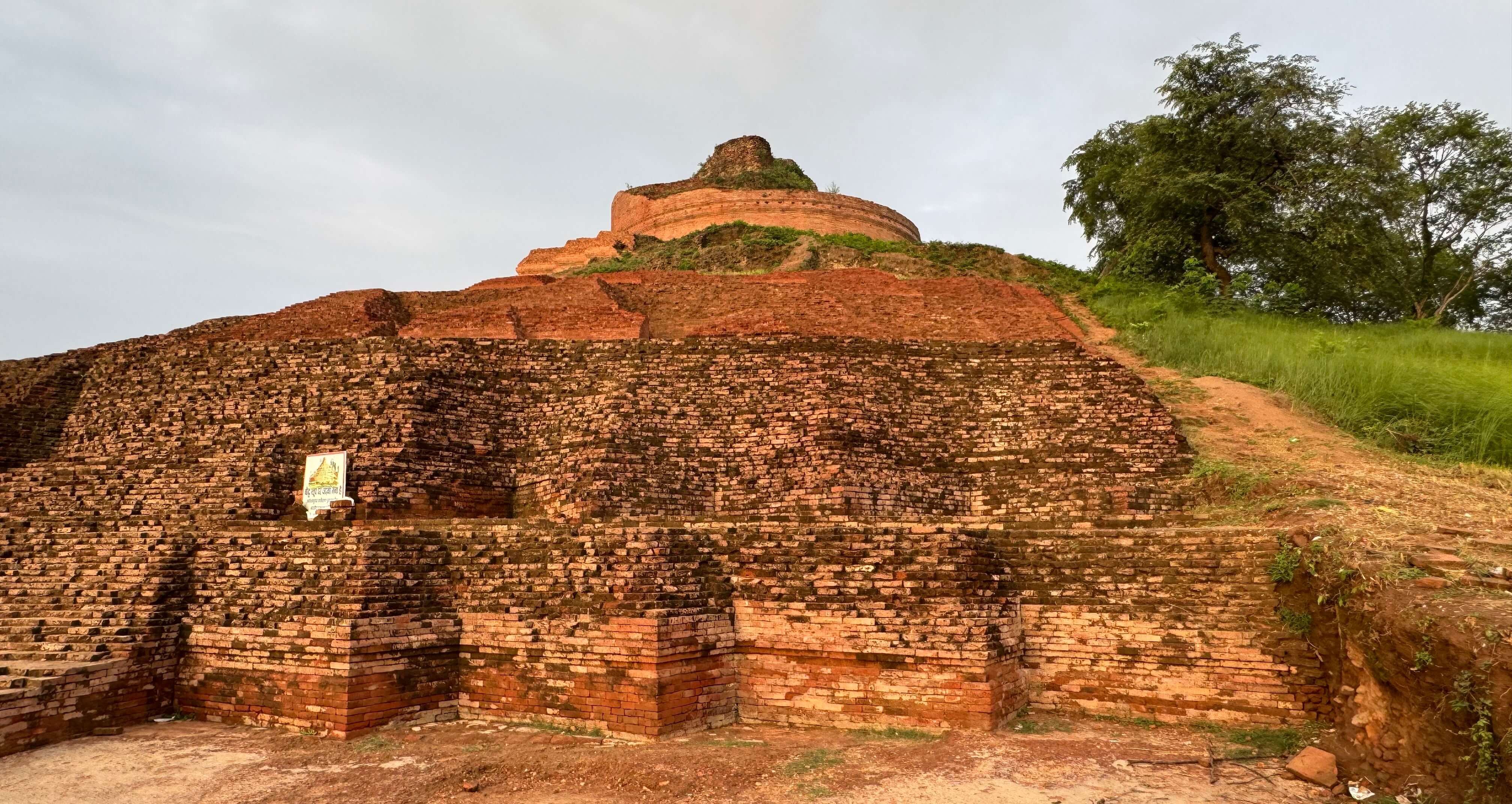 |
Kesariya Stupa, located in East Champaran, Bihar, is one of the tallest and largest Buddhist stupas in the world, standing at nearly 104 feet. Built during the Maurya and Gupta periods, it marks the place where Lord Buddha gave his final sermon before attaining Mahaparinirvana. The stupa’s grand structure and historical significance make it a major pilgrimage site for Buddhists. Visitors can also explore nearby attractions such as Vaishali, Someshwar Nath Temple, and the Ashokan Pillar, adding both spiritual and historical depth to the journey.
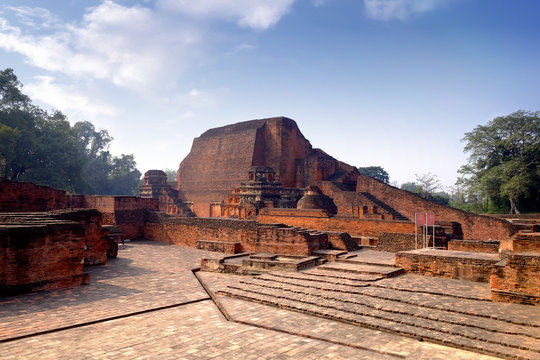
Nalanda University, founded in the 5th century CE in Bihar, was the world’s first residential university and a major center for Buddhist learning. It thrived for nearly 700 years and is now a UNESCO World Heritage Site.
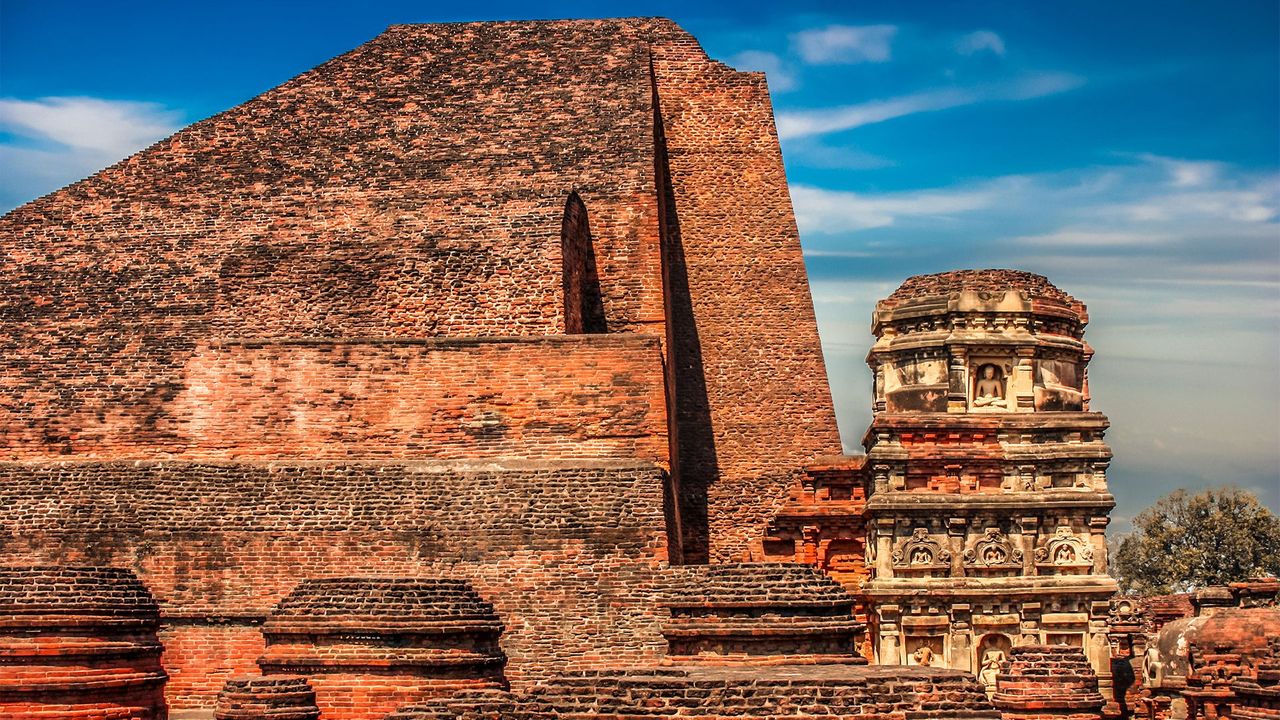 |
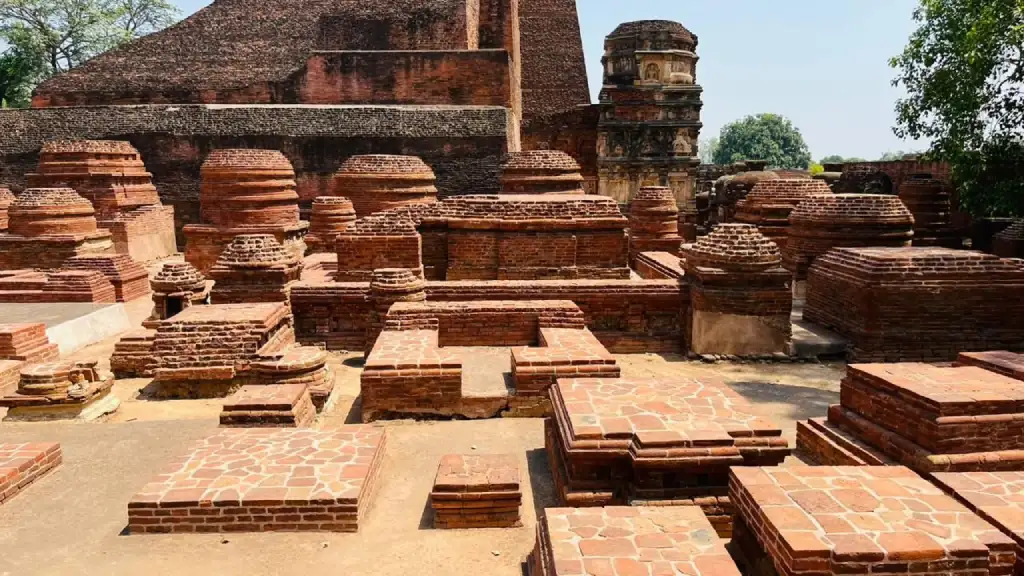 |
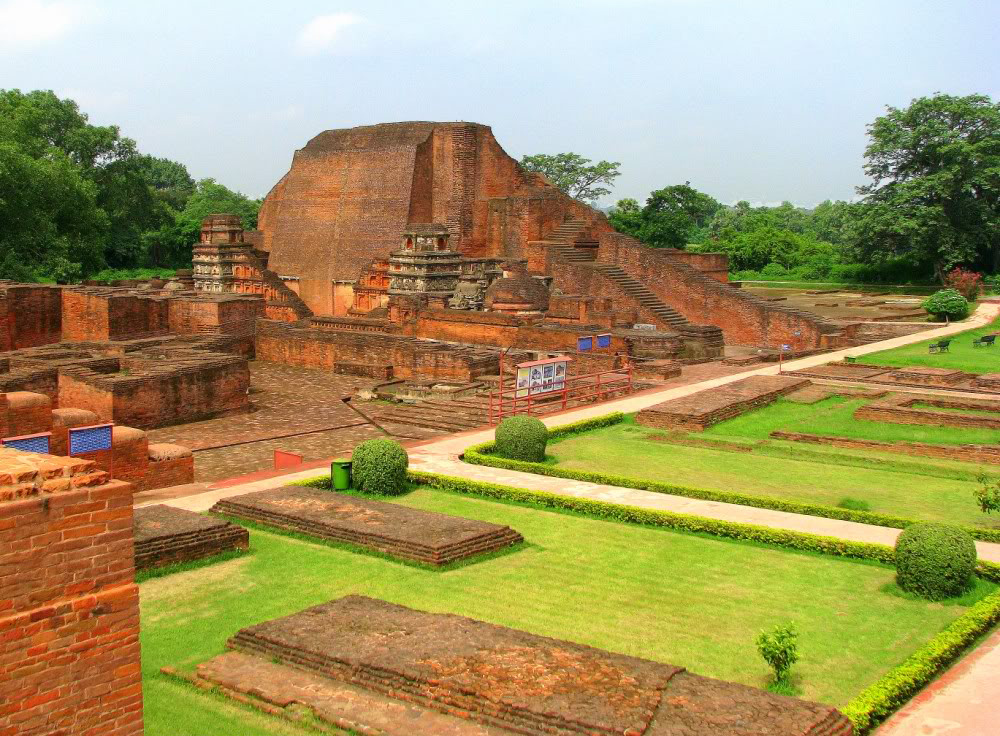 |
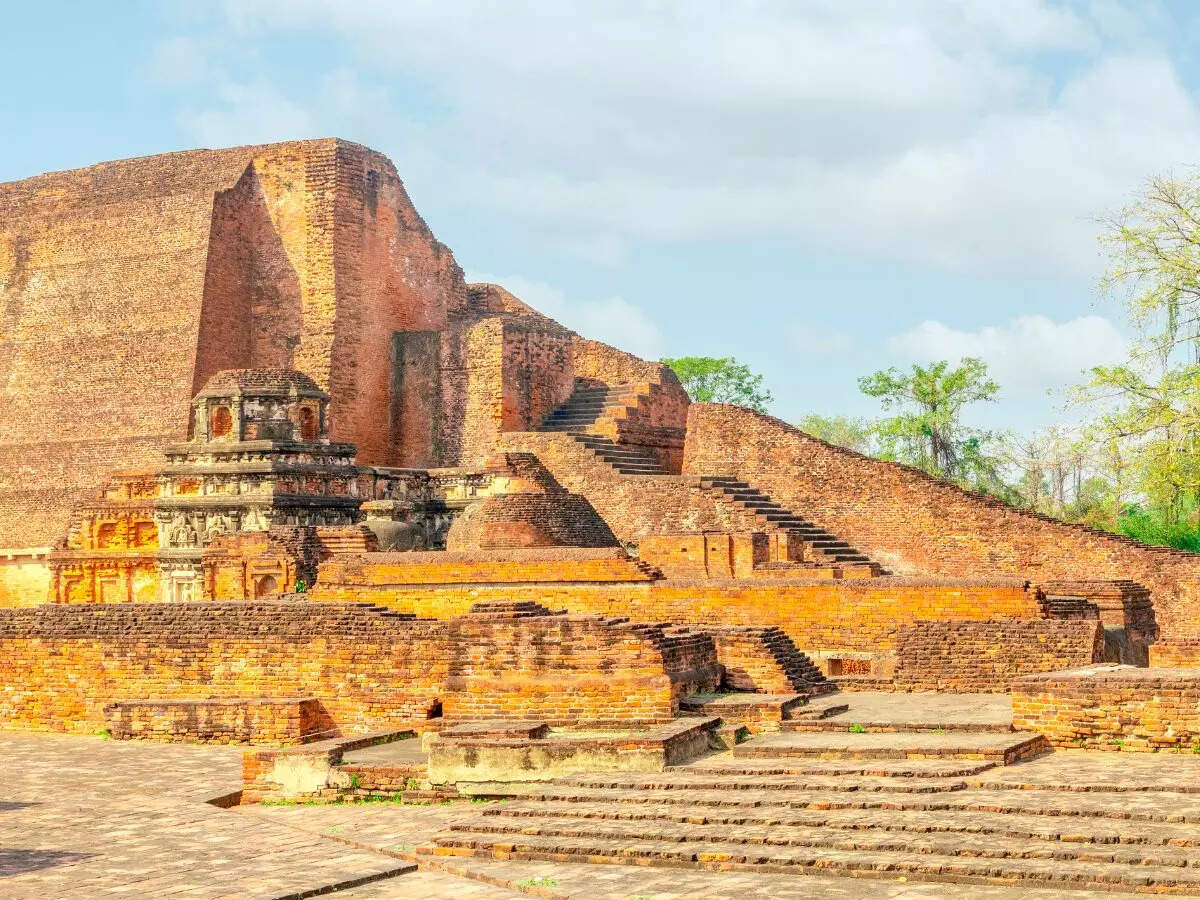 |
The ruins of Nalanda University, located in Nalanda, Bihar, showcase the remains of one of the world’s oldest residential universities, founded in the 5th century CE. Once a global center of learning, it attracted scholars from as far as China, Tibet, Korea, and Central Asia. The red-brick monasteries, temples, and ancient manuscripts reflect the glory of Buddhist education and architecture. Nearby, visitors can also explore the Nalanda Archaeological Museum, Hiuen Tsang Memorial Hall, Surya Mandir, and Rajgir, making it a must-visit destination for history and culture enthusiasts.
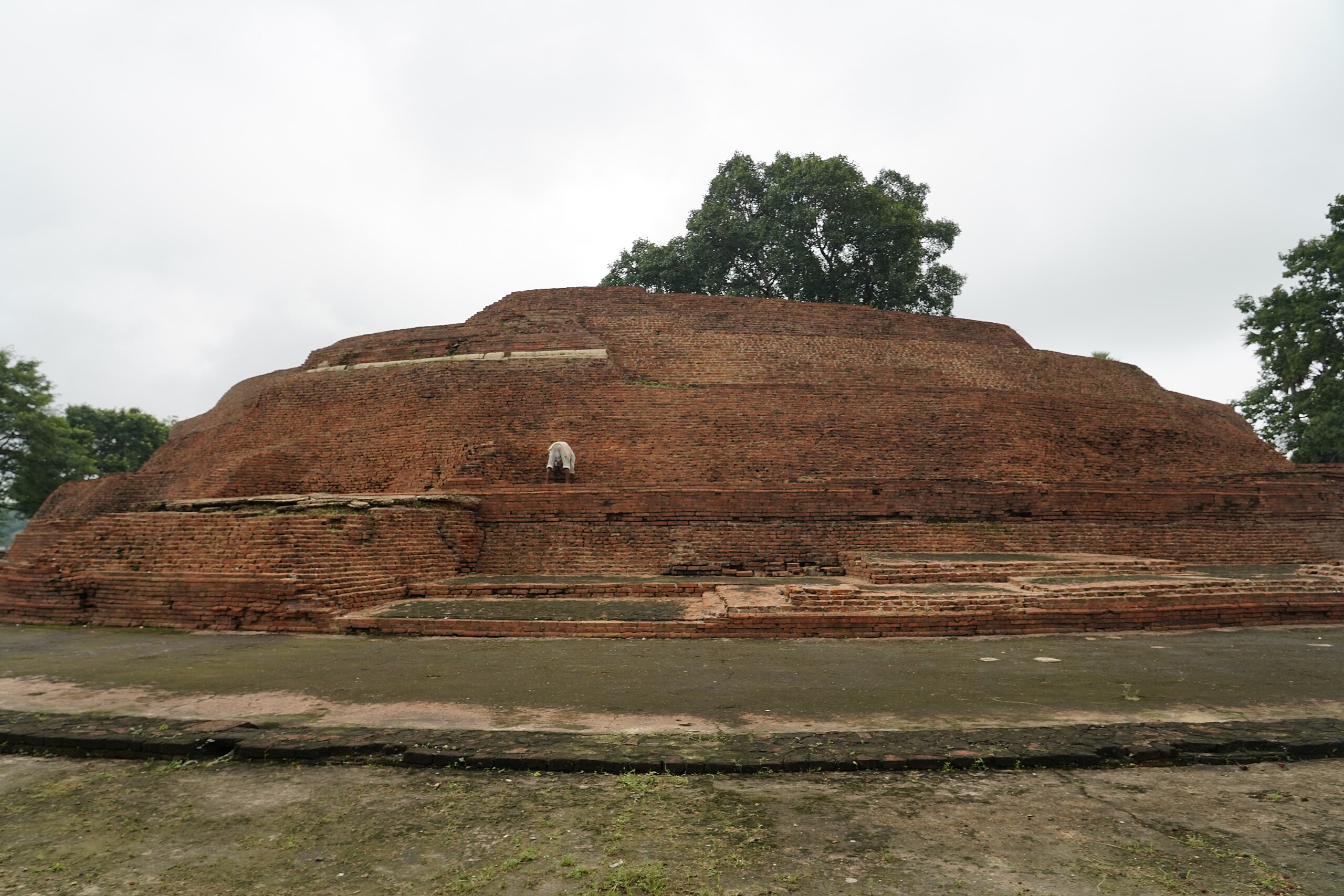
Sujata Stupa in Bodh Gaya, Bihar, honors Sujata, the milkmaid who ended Buddha's seven-year fast by offering him milk and rice. Built in the 2nd century BCE, it symbolizes compassion and marks a key moment on Buddha's path to enlightenment.
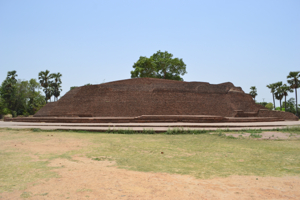 |
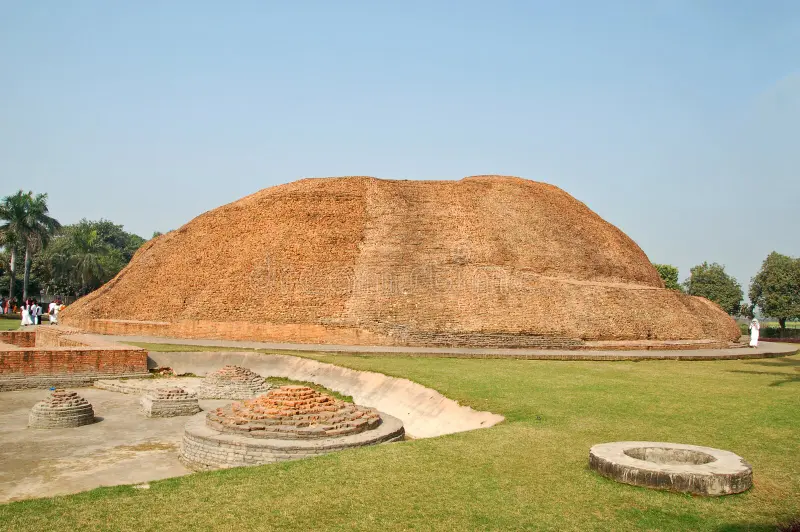 |
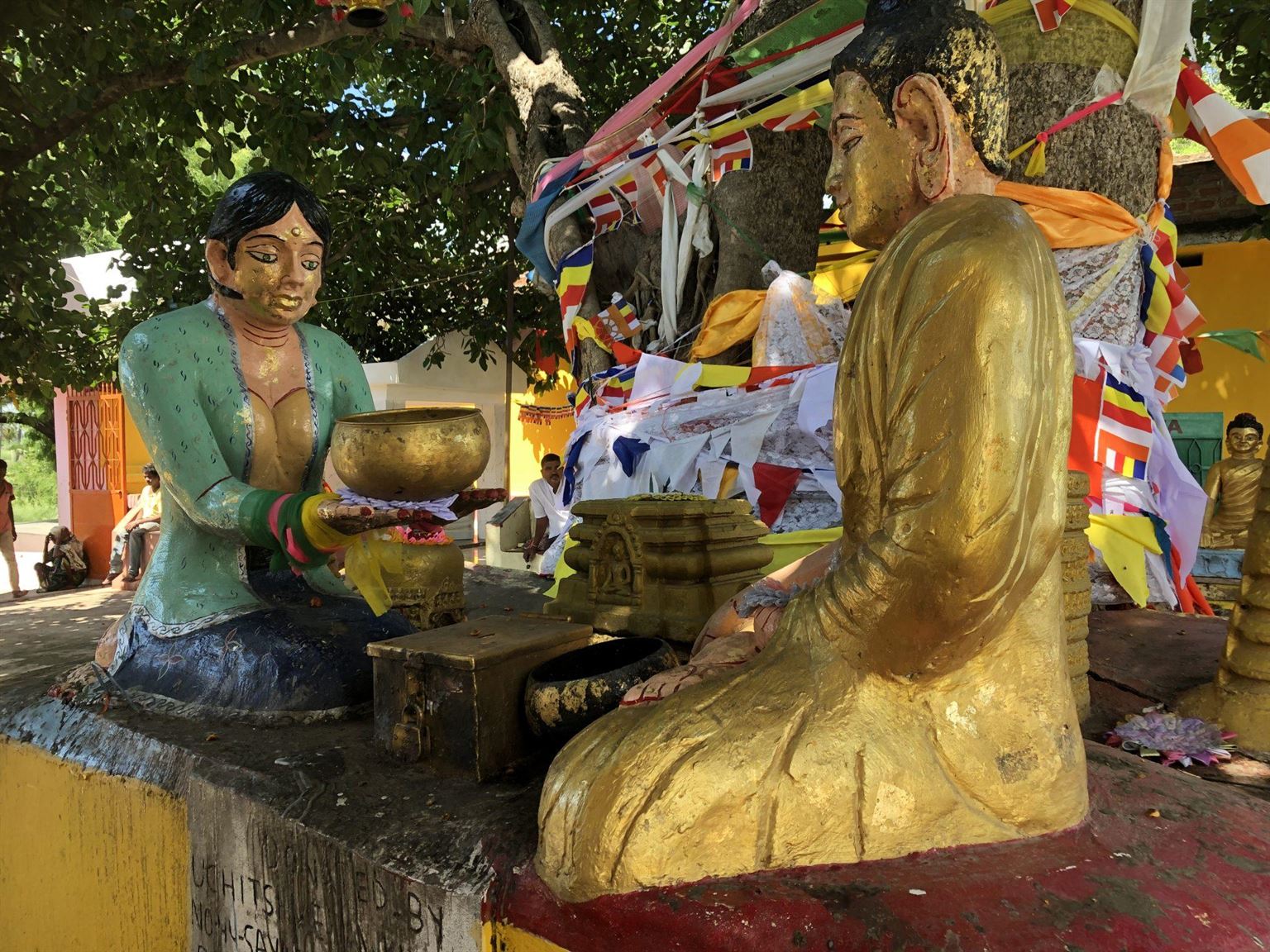 |
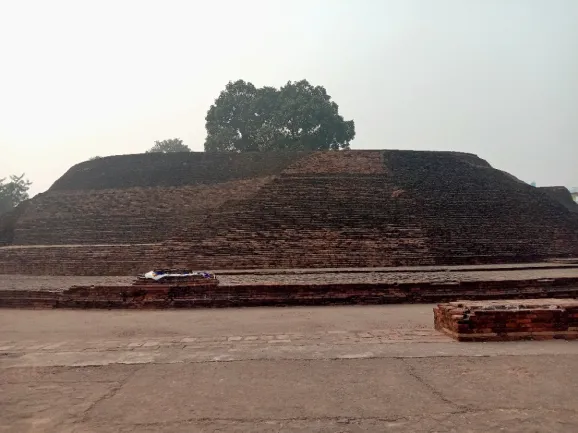 |
Sujata Stupa, located in Bodh Gaya, Bihar, is an ancient Buddhist monument built in memory of Sujata, the village woman who offered milk and rice to Gautama Buddha before his enlightenment. This act of compassion is believed to have played a vital role in Buddha’s spiritual journey, making the stupa a site of great reverence. Surrounded by peaceful fields and villages, visitors can also explore nearby attractions such as the Mahabodhi Temple, Bodhi Tree, Muchalinda Lake, and the Great Buddha Statue, making it an integral stop on the Buddhist pilgrimage circuit.
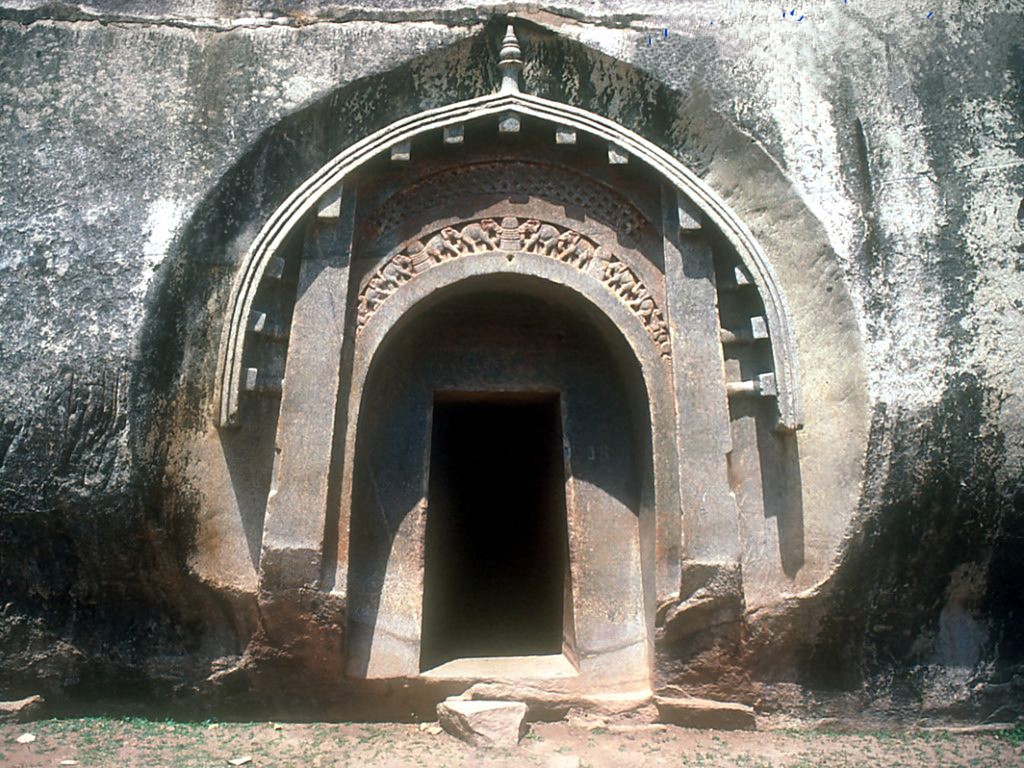
Barabar Caves in Bihar are the oldest rock-cut caves in India, carved in the Mauryan era (3rd century BCE). Known for mirror-polished granite interiors and strong echo effects, they were dedicated to Ajivika ascetics with notable façades like the Lomas Rishi chaitya-arch.
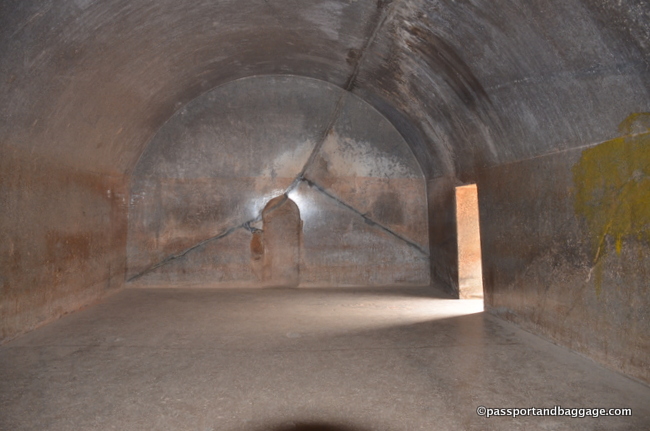 |
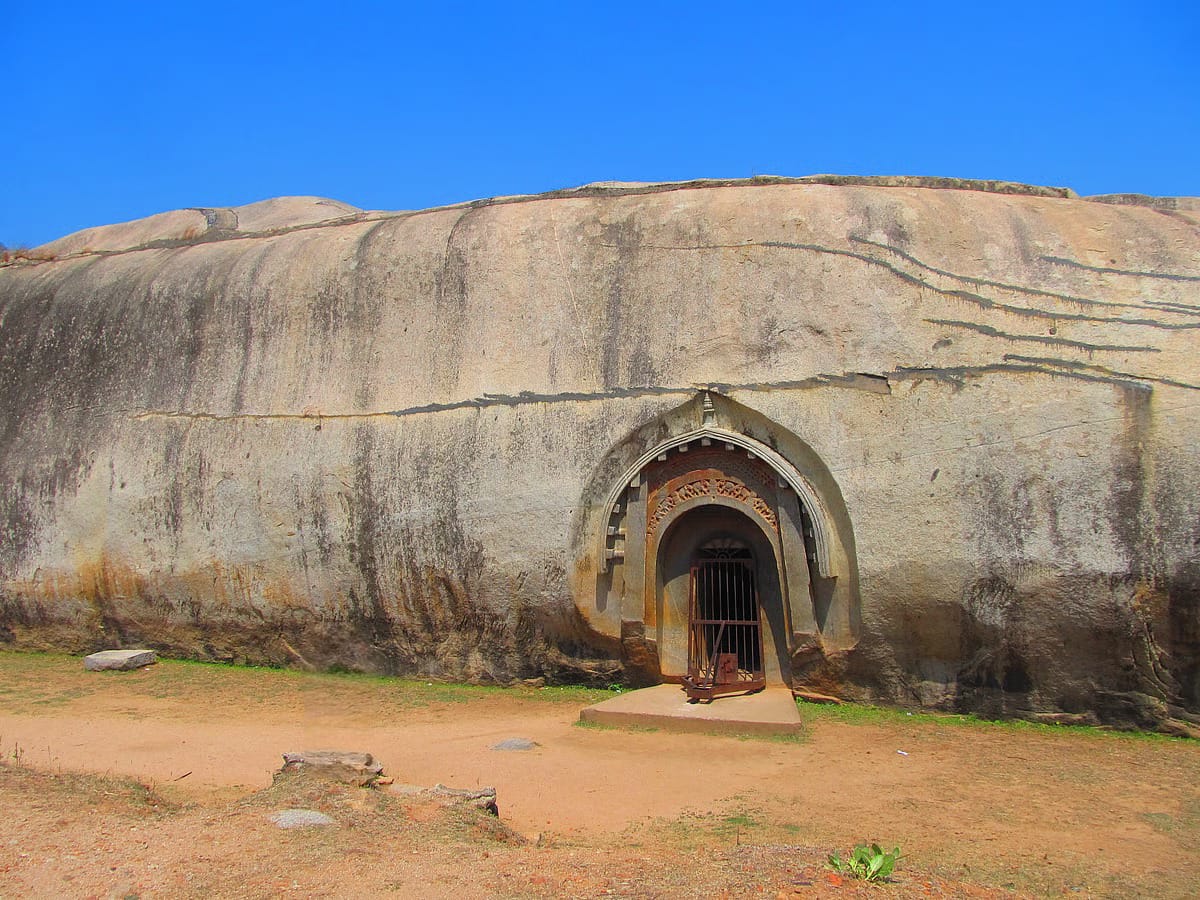 |
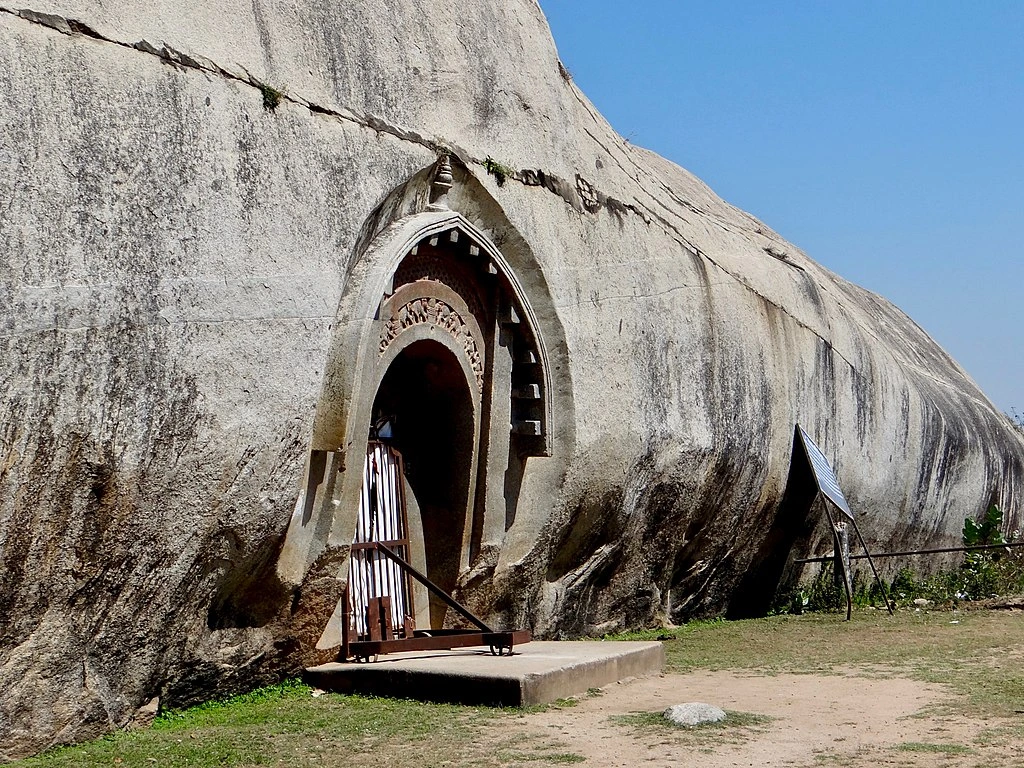 |
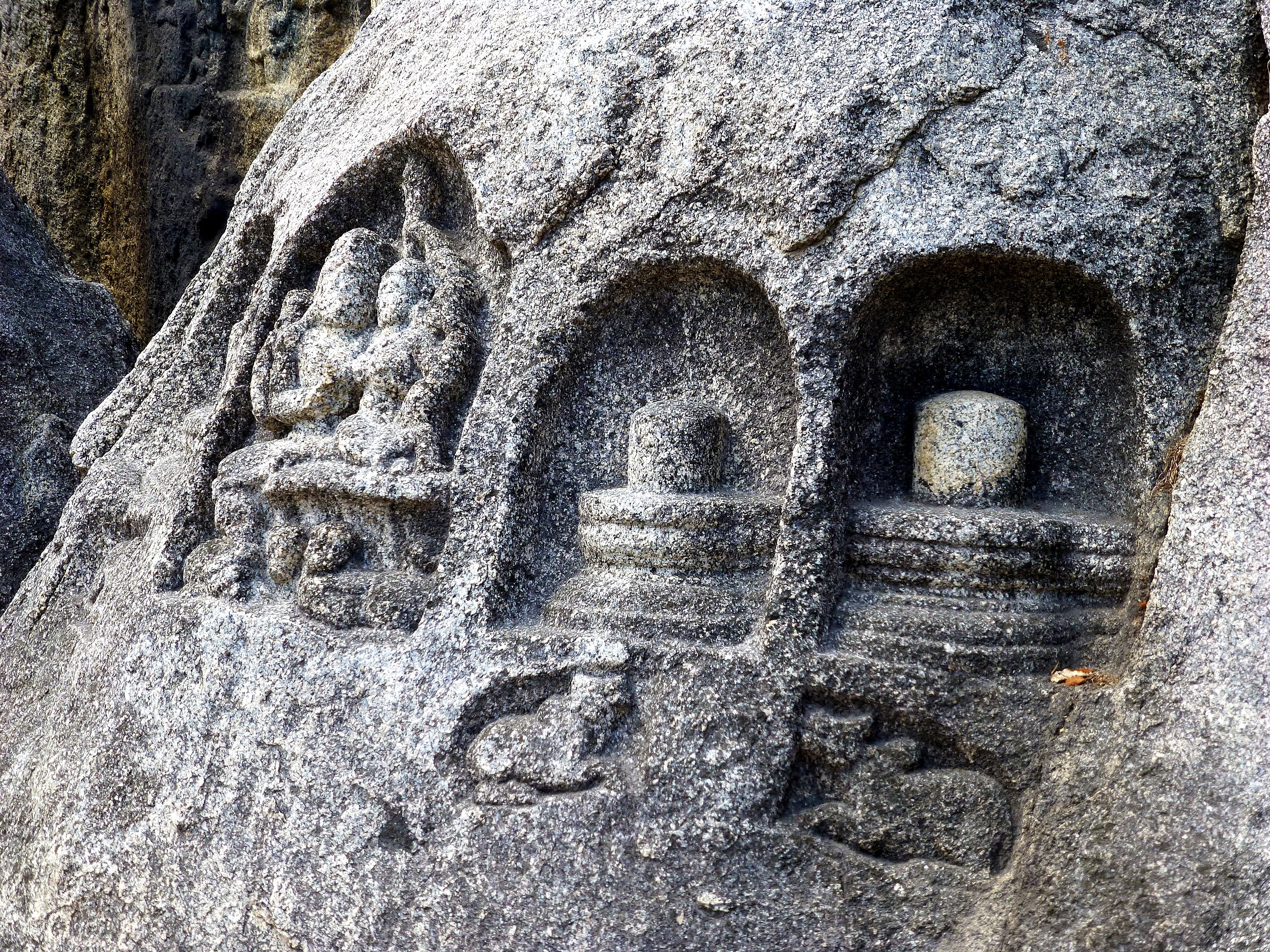 |
The Barabar Caves, located near Gaya, are among the oldest surviving rock-cut caves in India, dating back to the Mauryan period around the 3rd century BCE. These caves were used by Buddhist monks for meditation and gatherings, and they showcase finely polished interiors that reflect the advanced rock-cutting techniques of the time. Surrounded by scenic hills, the site offers a glimpse into India’s ancient architectural and spiritual traditions. Nearby, visitors can also explore the Nagarjuni Caves and enjoy the natural beauty of the Barabar Hills.
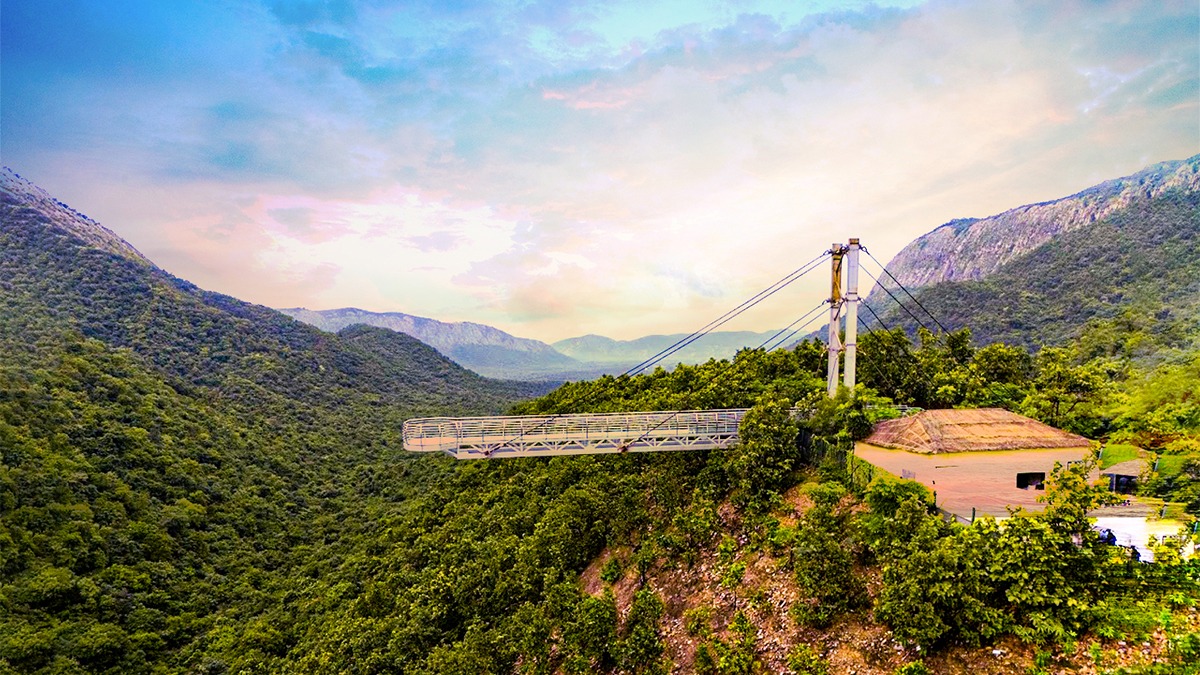
Rajgir Hills, nestled in Bihar, are known for their scenic beauty, ancient caves, and spiritual significance, being associated with Lord Buddha and Mahavira.
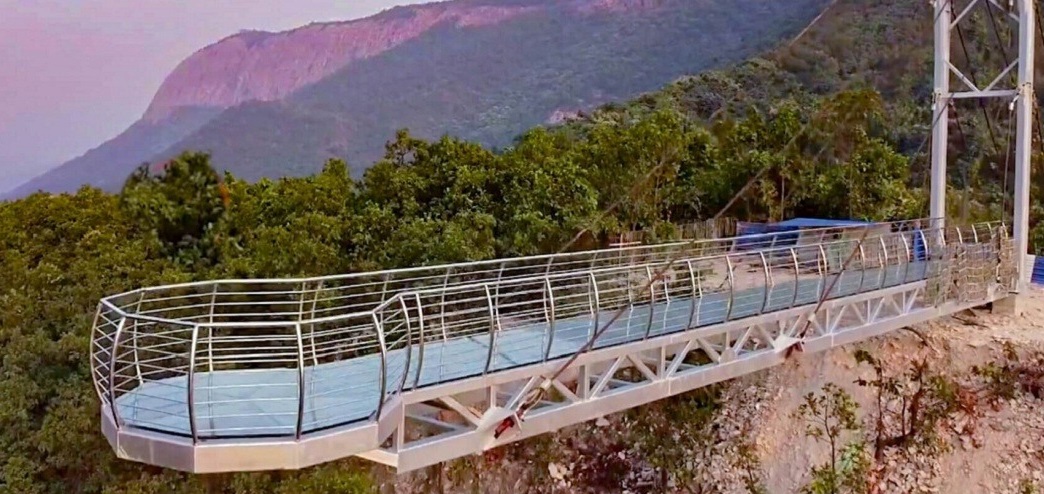 |
 |
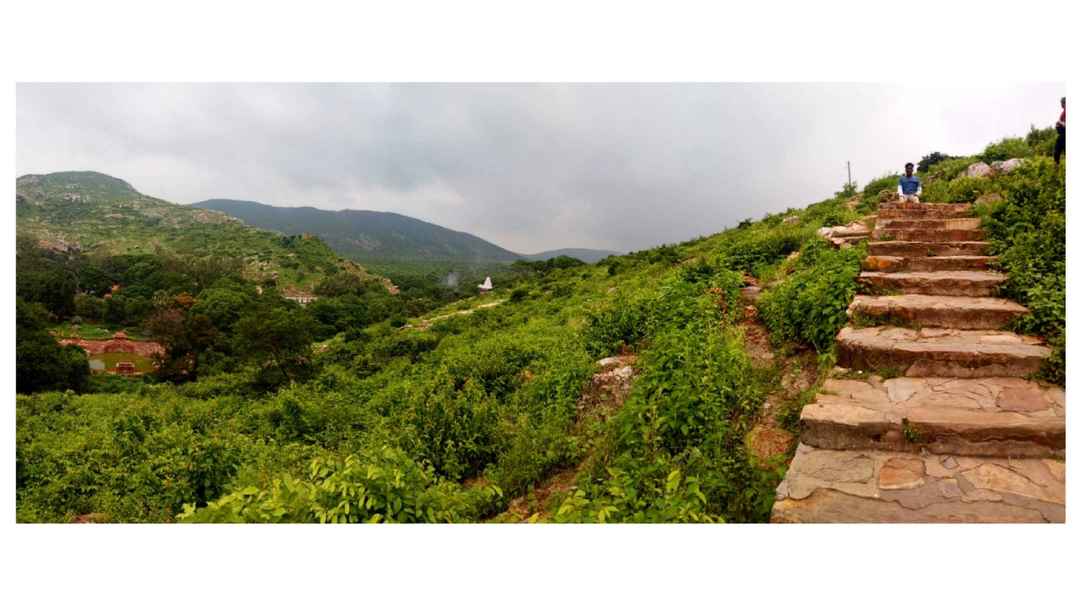 |
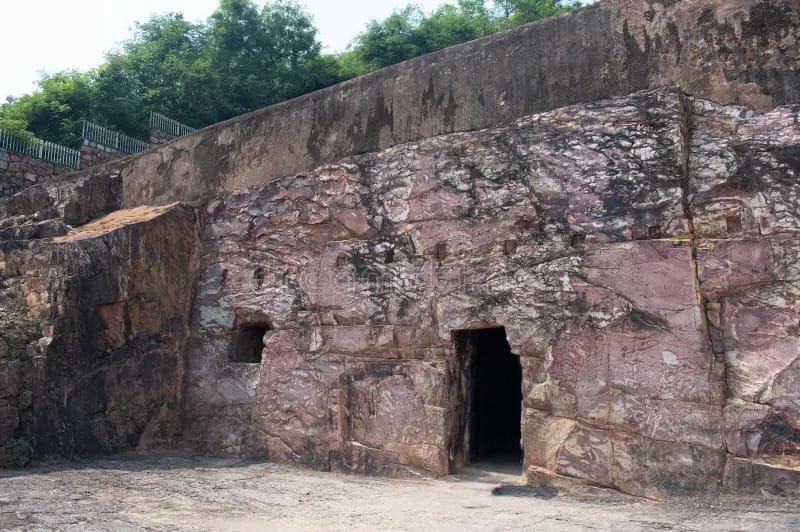 |
Rajgir Hills, located in Nalanda district of Bihar, hold immense historical, religious, and natural significance. Surrounded by lush green valleys and hot springs, these hills were once the capital of the Magadha Empire and a favorite retreat of Lord Buddha and Lord Mahavira. Rajgir is also home to the Vishwa Shanti Stupa, ancient caves, and ropeway rides that offer breathtaking views of the hills. The combination of spirituality, history, and scenic landscapes makes Rajgir Hills a must-visit destination for both pilgrims and travelers.
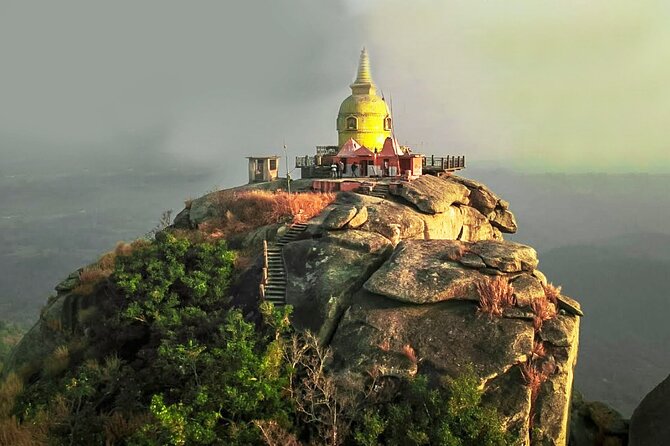
Gurpa Hills near Gaya is a Buddhist pilgrimage spot where Mahākāśyapa, a disciple of Lord Buddha, is believed to have meditated. Its rocky landscape and calm surroundings attract both devotees and trekkers.
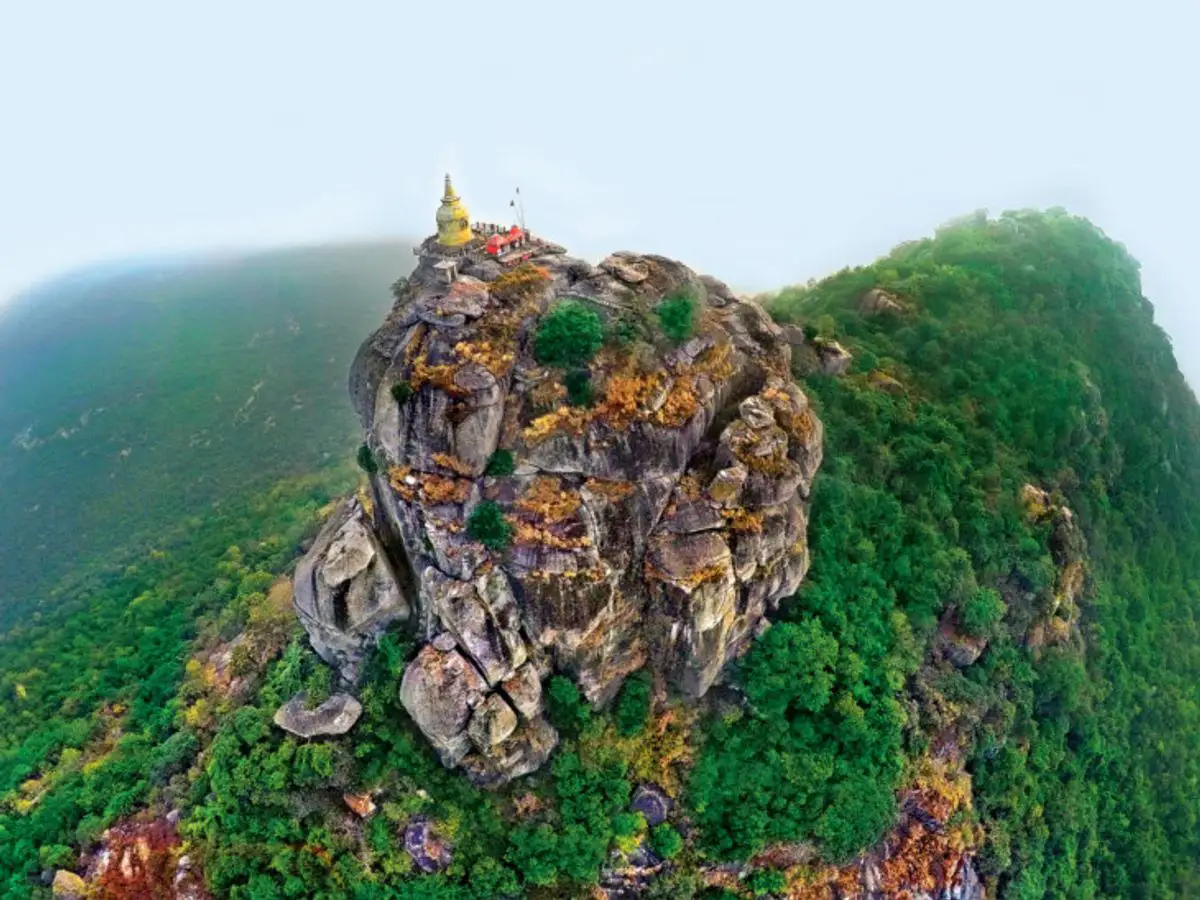 |
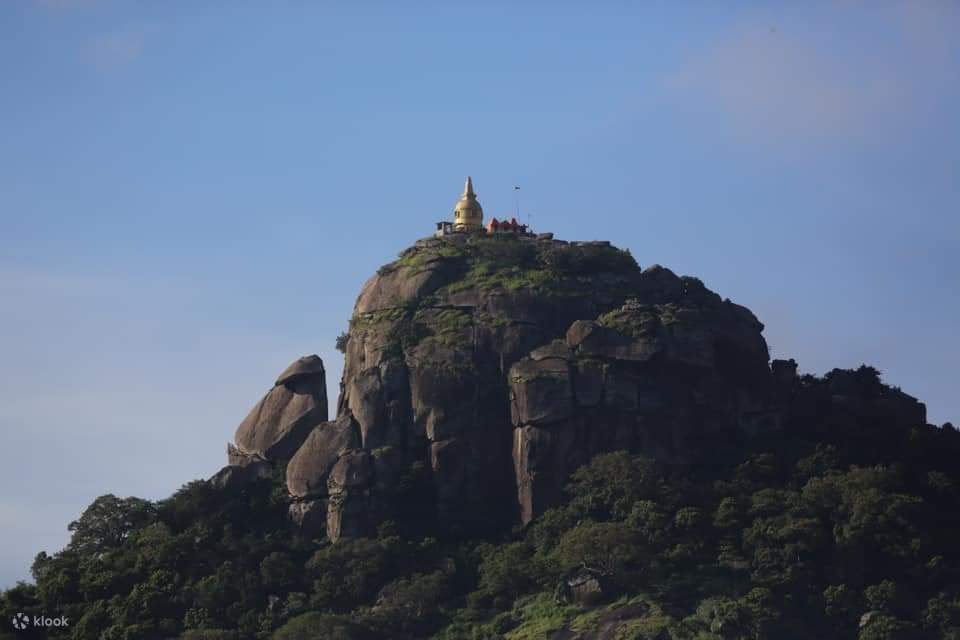 |
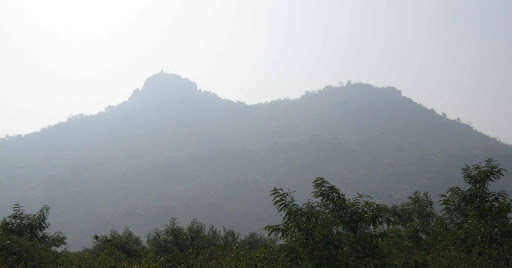 |
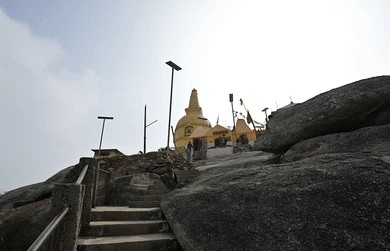 |
Gurpa Hills, located about 30 km from Gaya, is an important pilgrimage site deeply connected with Buddhism. According to legend, Mahākāśyapa, one of Lord Buddha’s closest disciples, chose this hill to enter deep meditation, awaiting the arrival of the future Buddha, Maitreya. The hill offers panoramic views, challenging trekking paths, and a peaceful spiritual atmosphere. Its combination of historical, religious, and natural charm makes Gurpa Hills a hidden gem for travelers seeking both adventure and tranquility.
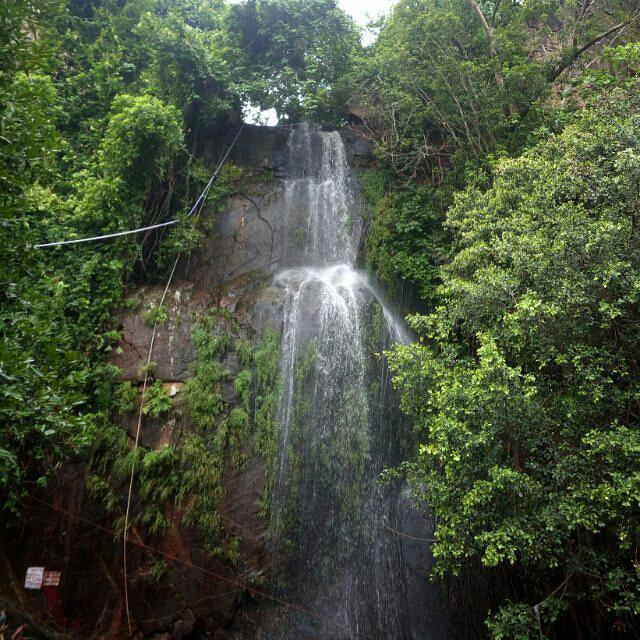
A 150-foot natural cascade near Nawada, surrounded by lush greenery. Its cool waters and mythological link to the Pandavas make it a popular tourist spot.
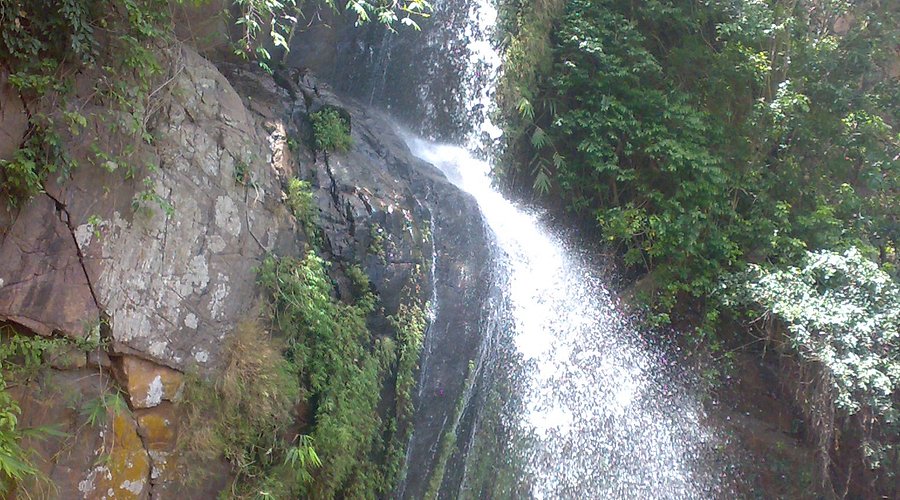 |
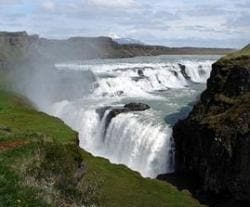 |
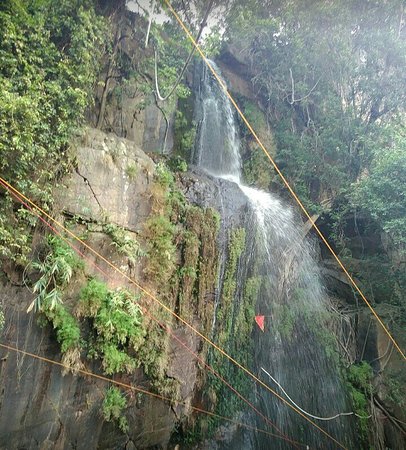 |
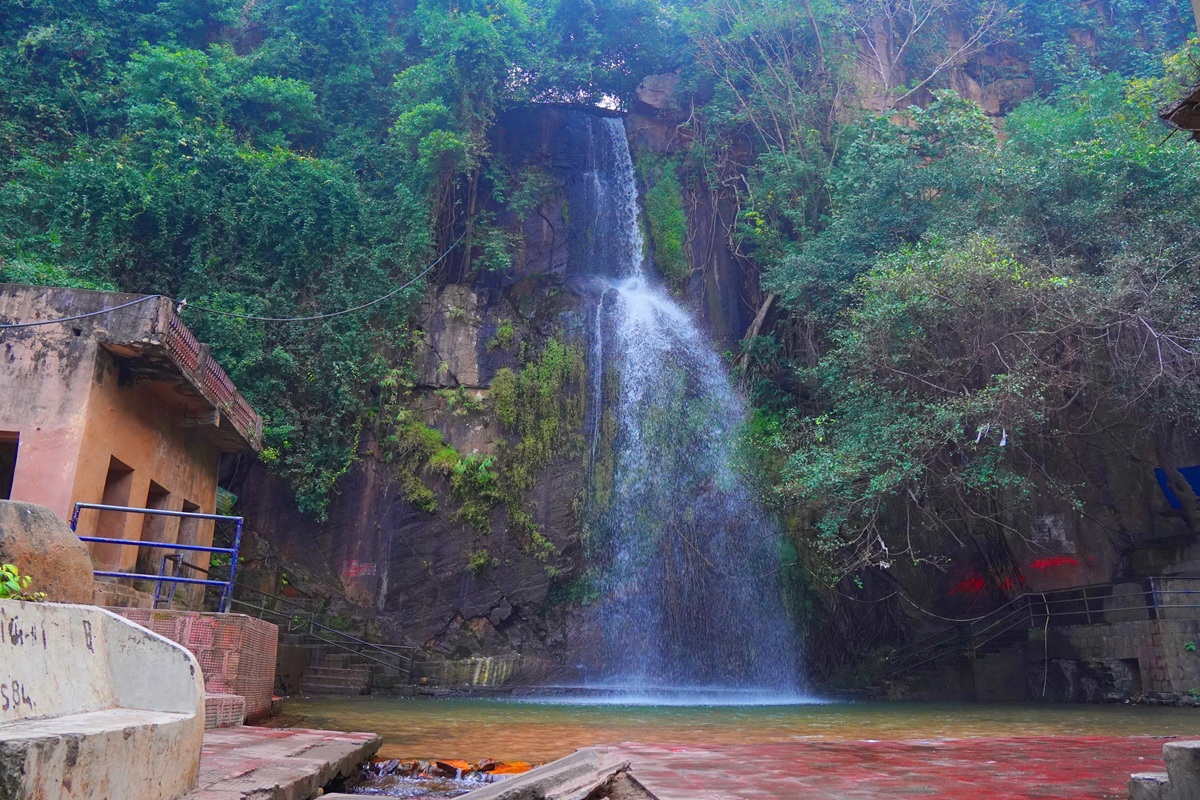 |
Kakolat Waterfall, located near Nawada in Bihar, is a stunning natural attraction cascading from a height of about 160 feet. Surrounded by lush greenery and rocky cliffs, it creates a picturesque spot for picnics, nature walks, and photography. The cool waters form a natural pool at the base, making it a favorite getaway for tourists seeking relaxation and adventure amidst nature. It is also associated with local legends, adding a touch of mythological charm to its beauty. Visiting during monsoon makes the waterfall even more mesmerizing.
A 150-foot natural cascade near Nawada, surrounded by lush greenery. Its cool waters and mythological link to the Pandavas make it a popular tourist spot.
Telhar Kund, located near Sasaram in Bihar, is a scenic waterfall known for its crystal-clear water and serene surroundings. Nestled amidst the Kaimur hills, it flows into the Durgavati River and is surrounded by lush greenery and rocky cliffs. The calm atmosphere and natural beauty make it a perfect spot for nature lovers and travelers looking for peace away from the city.
